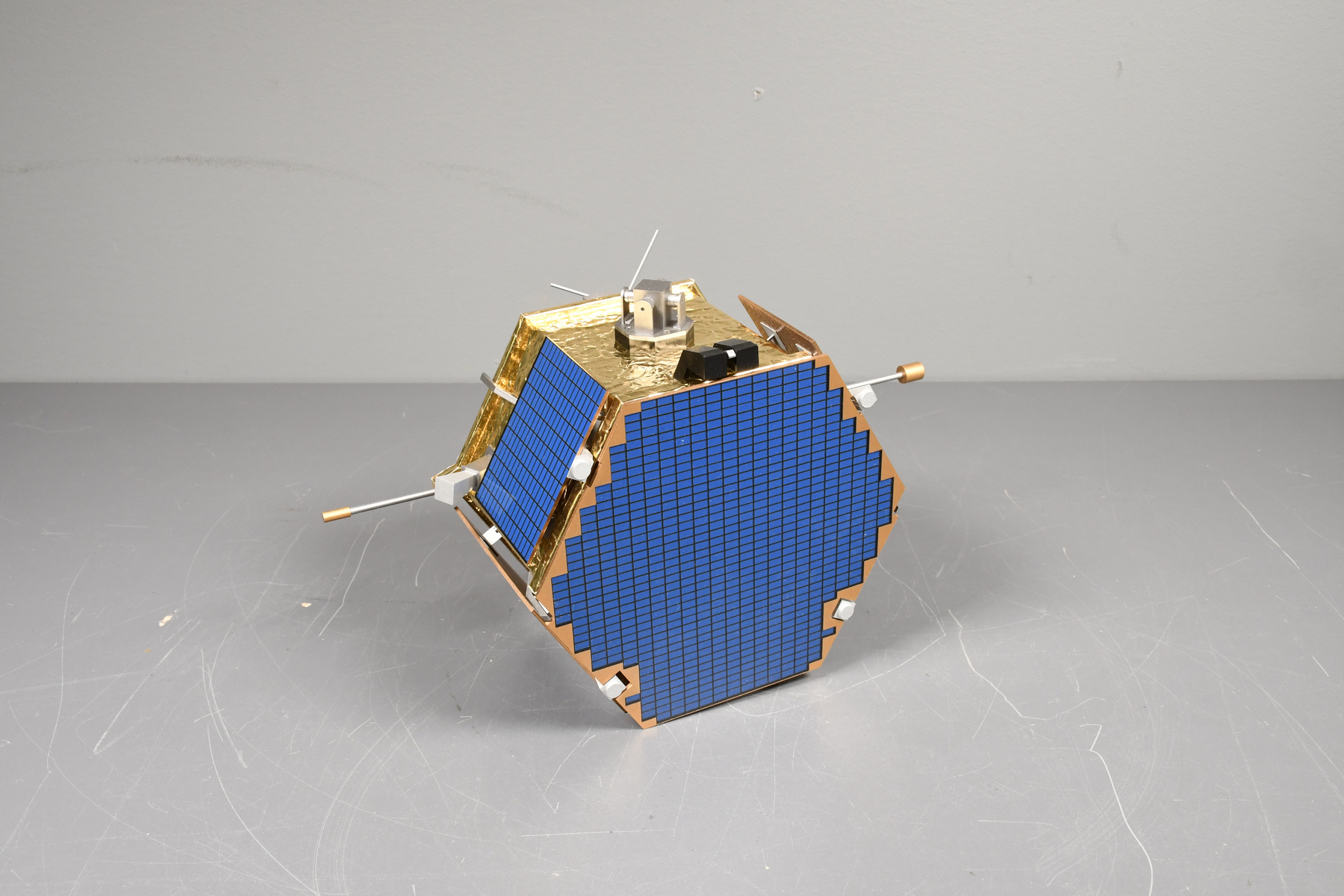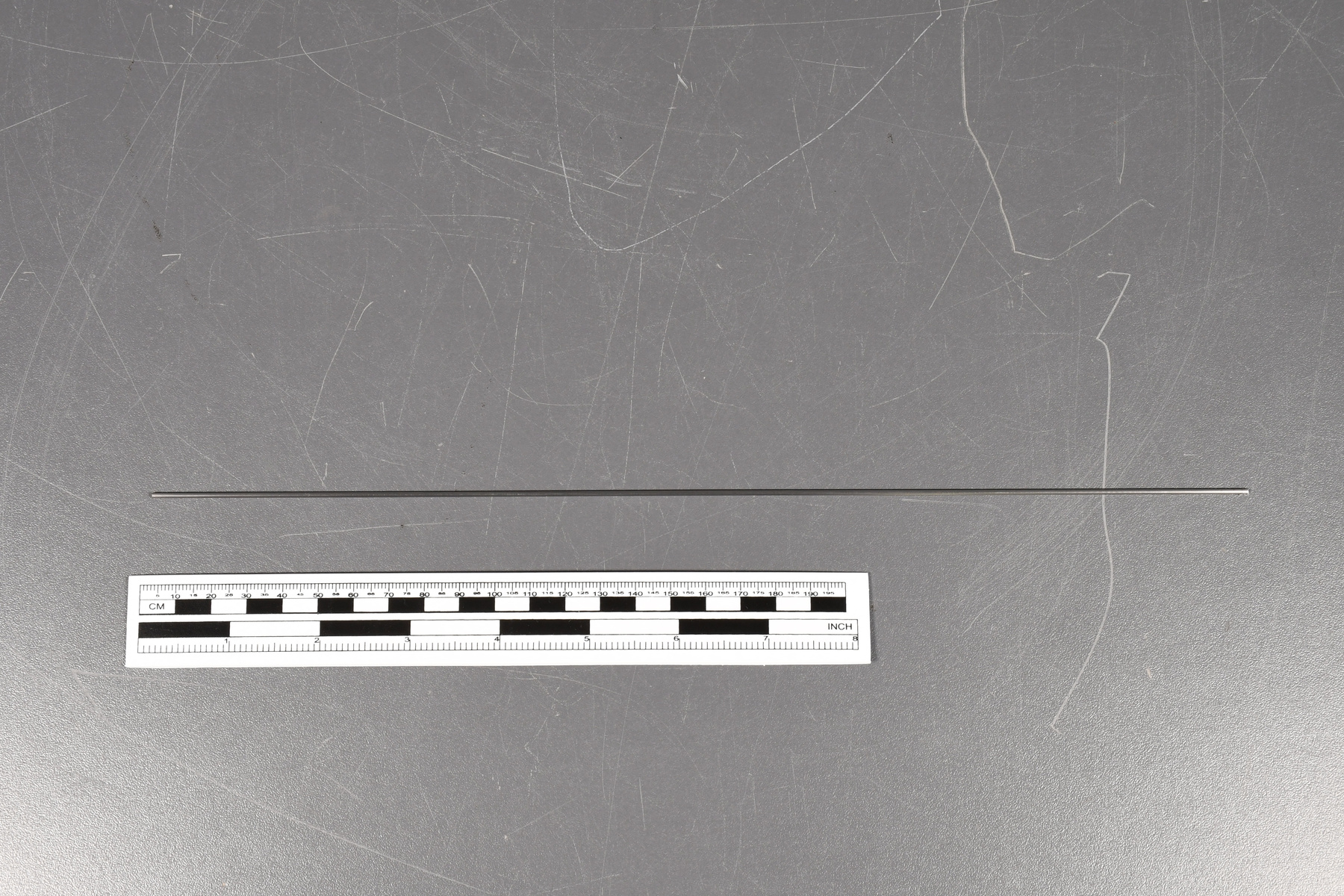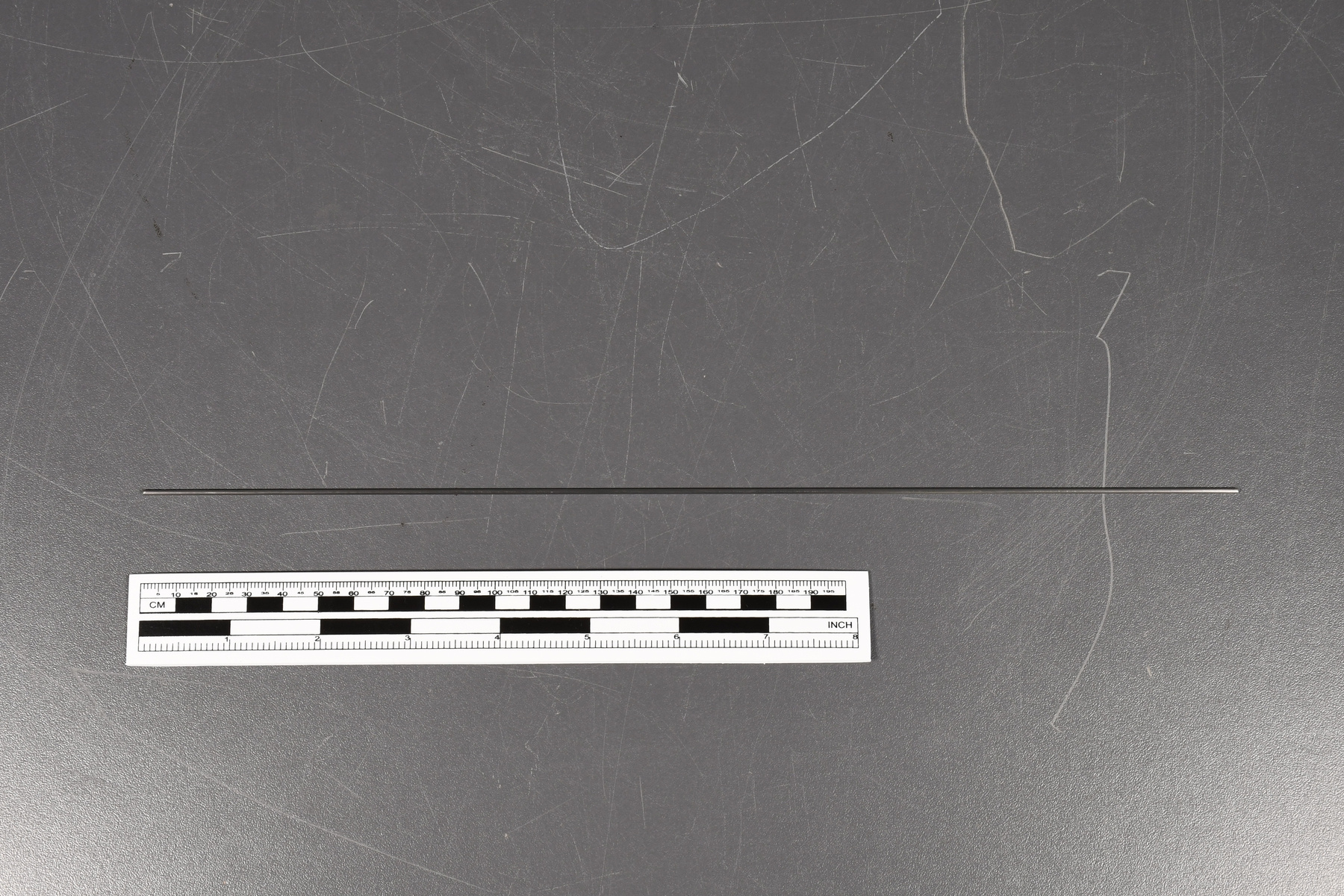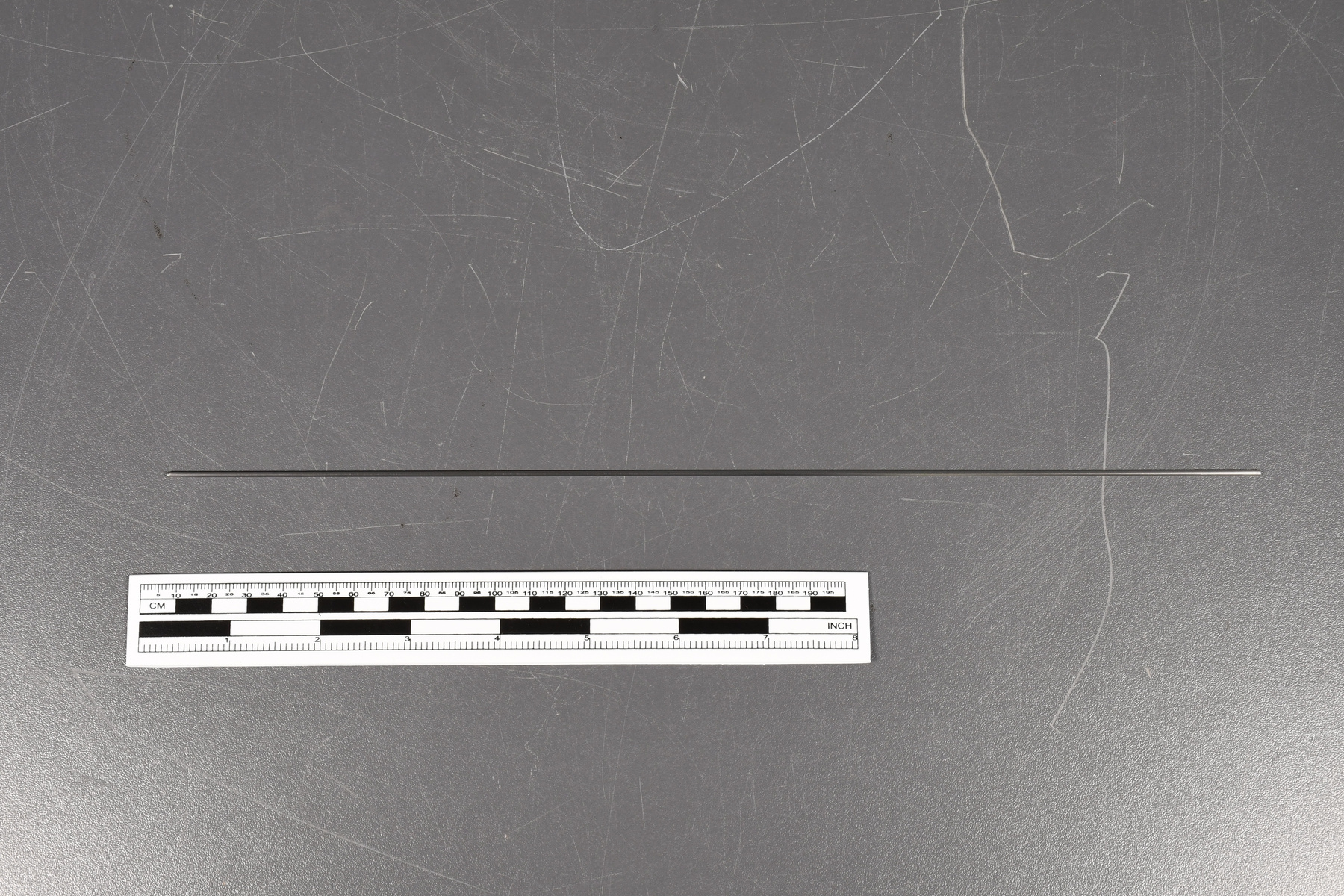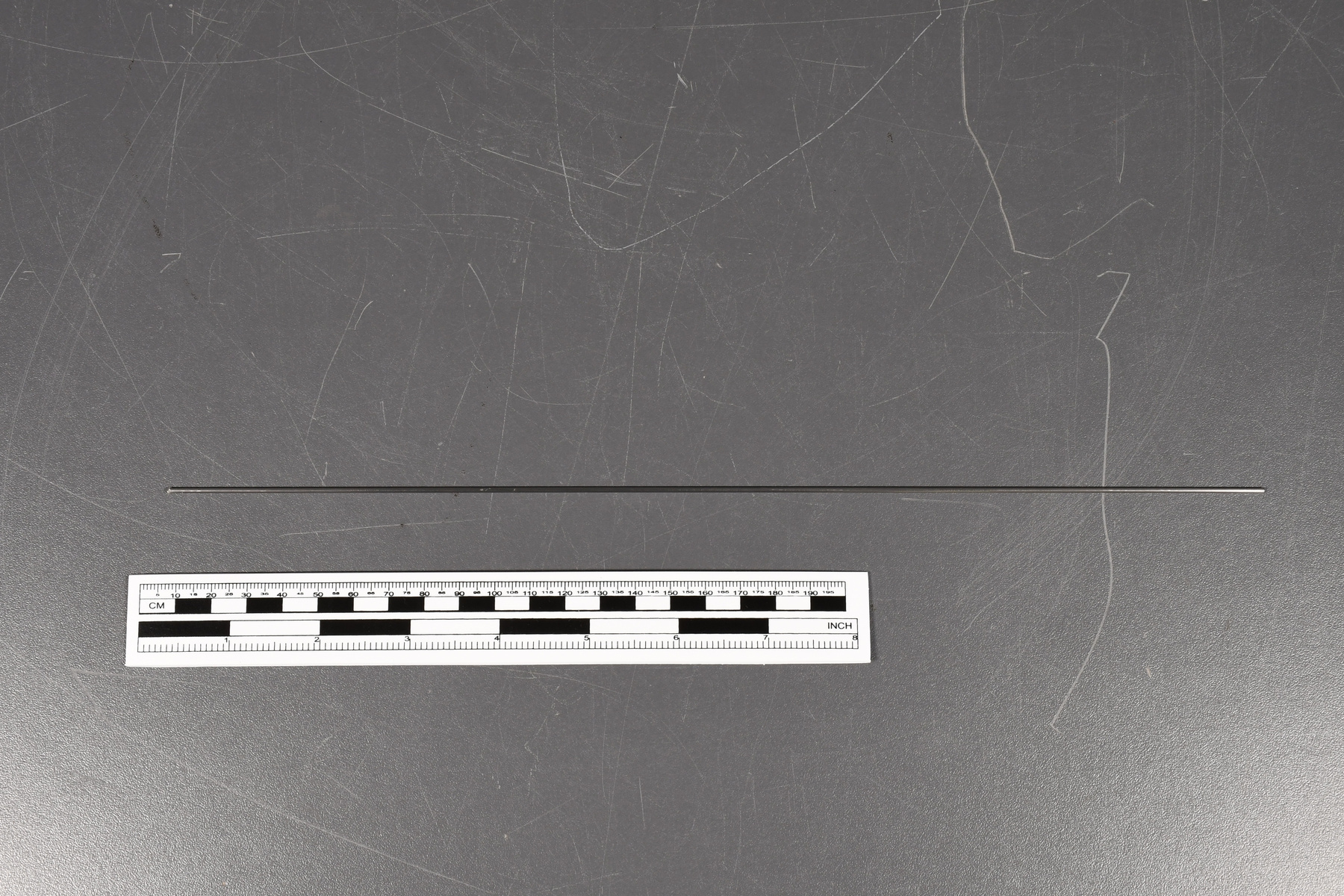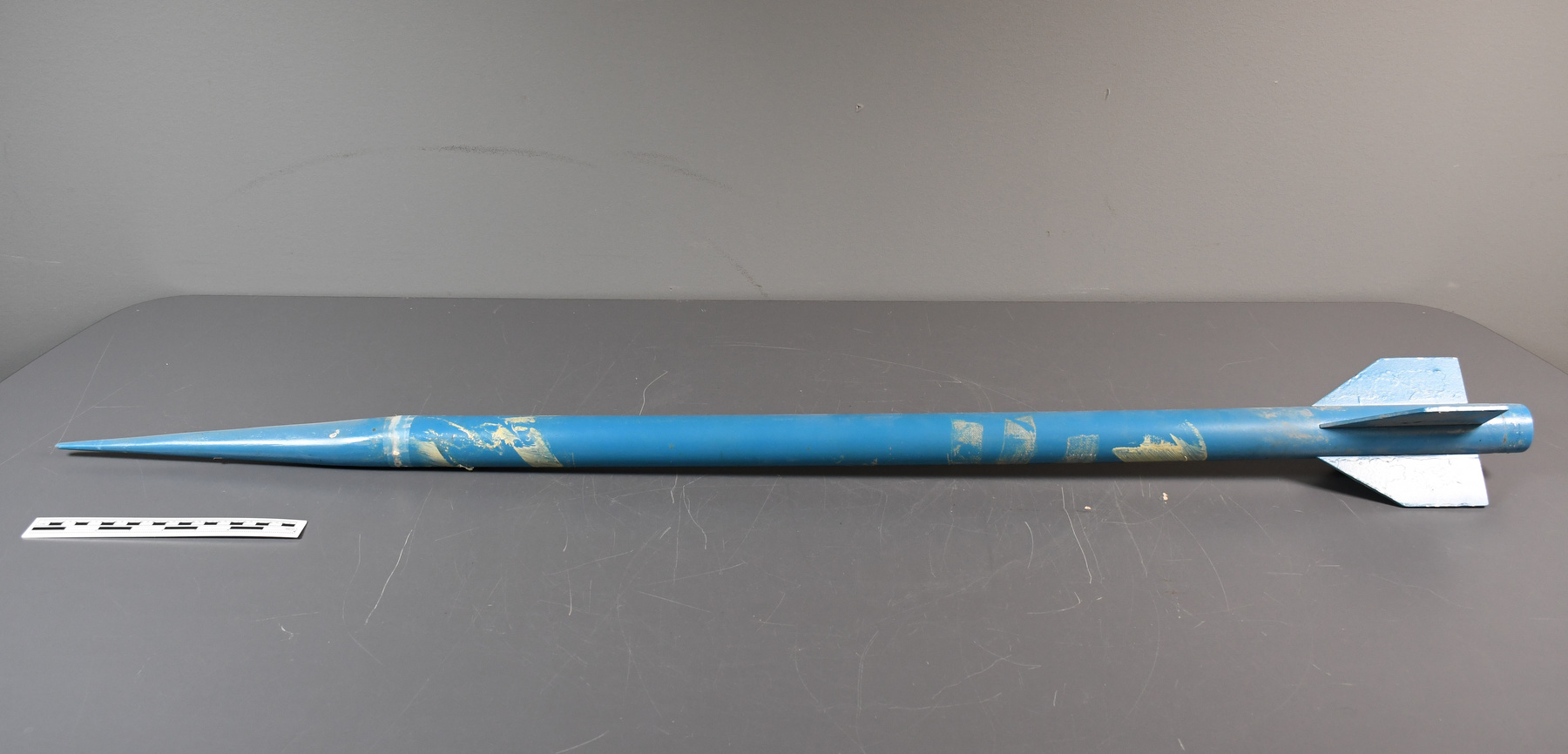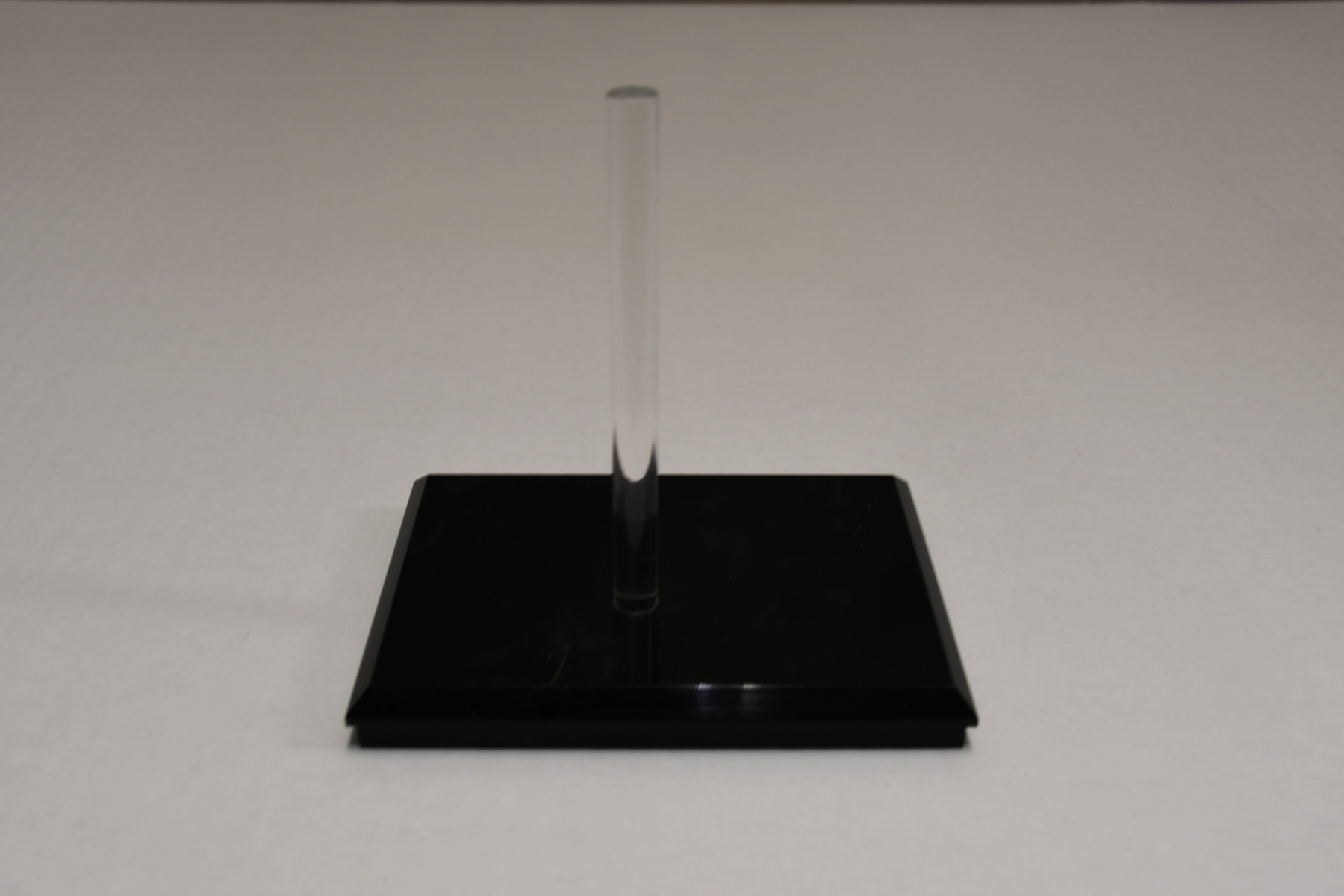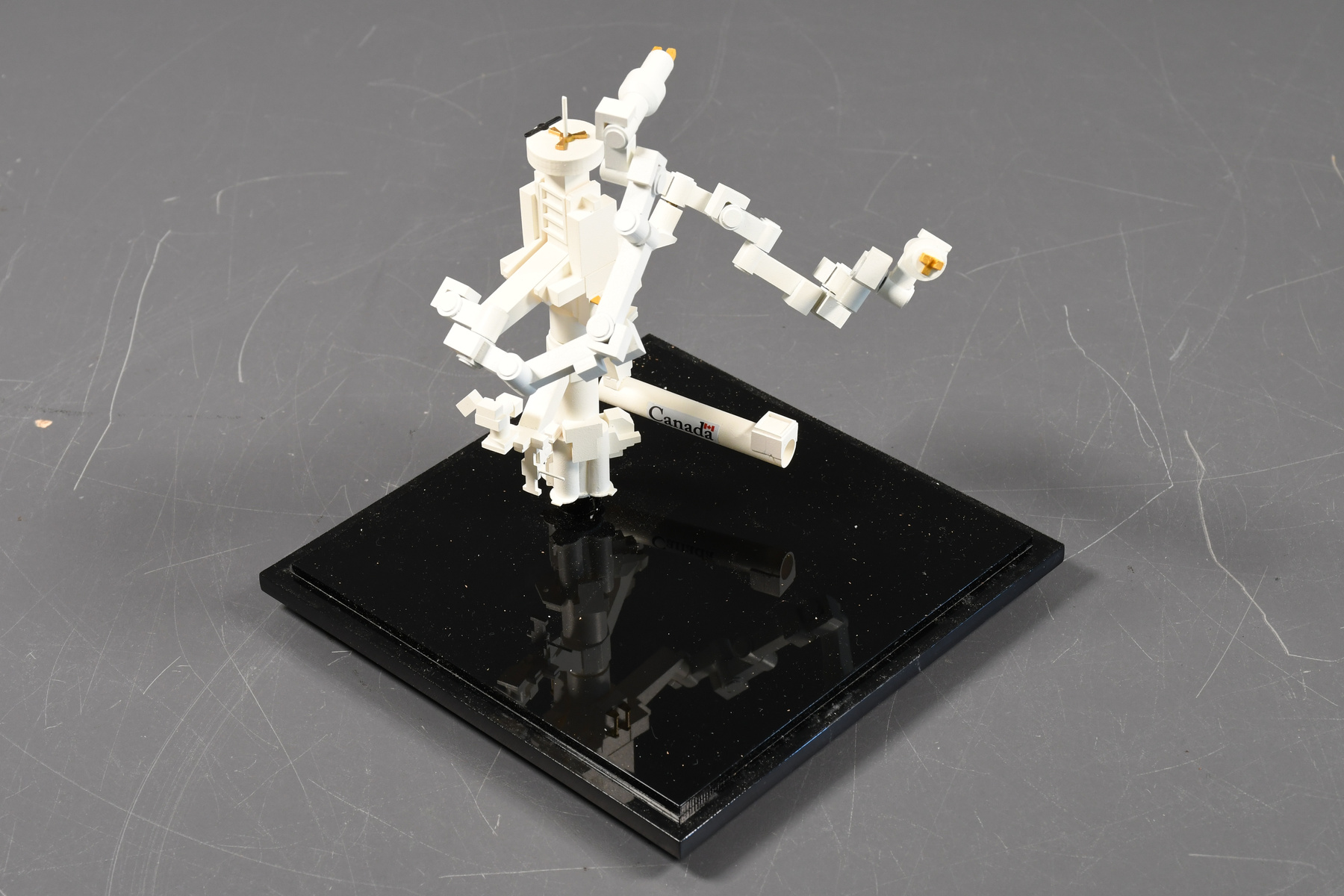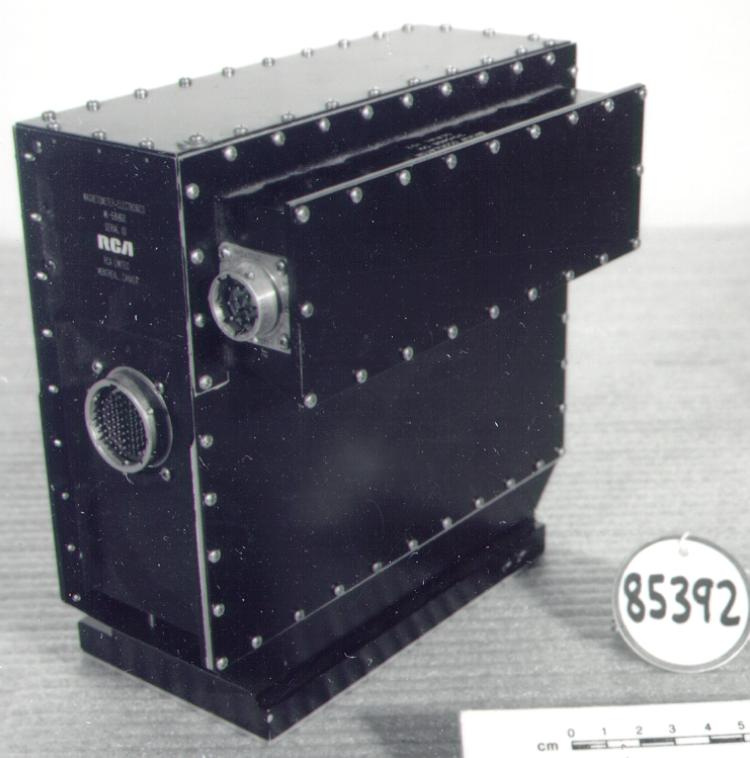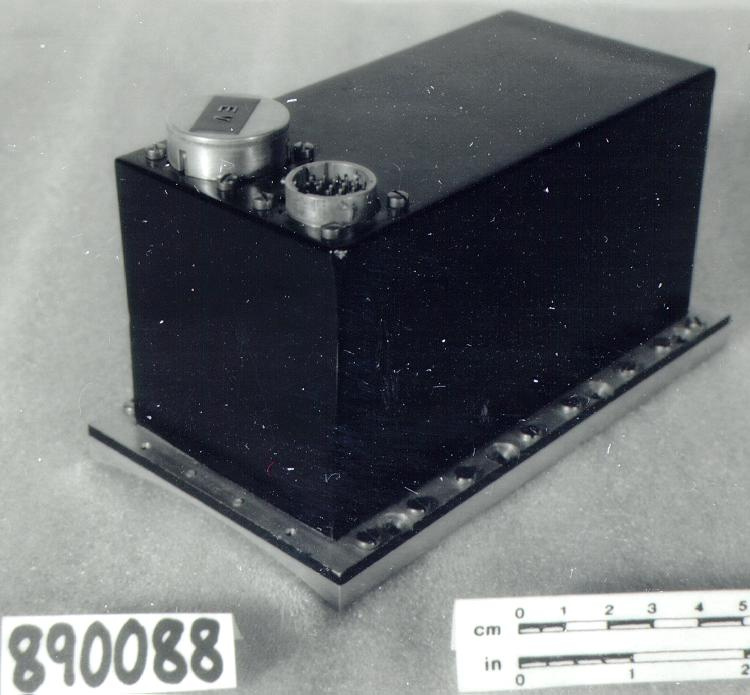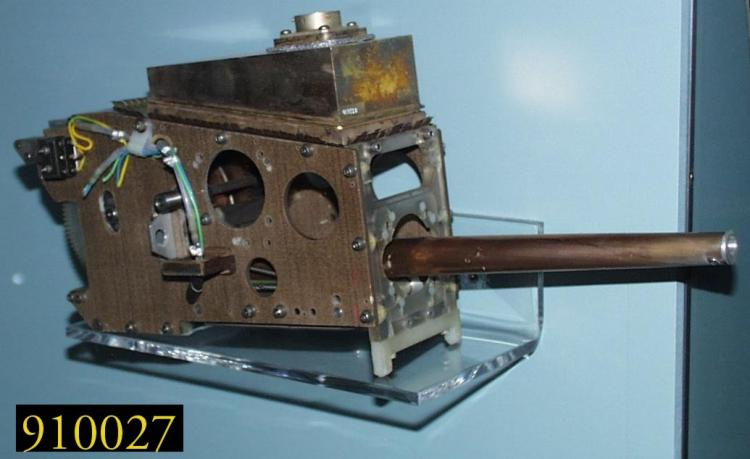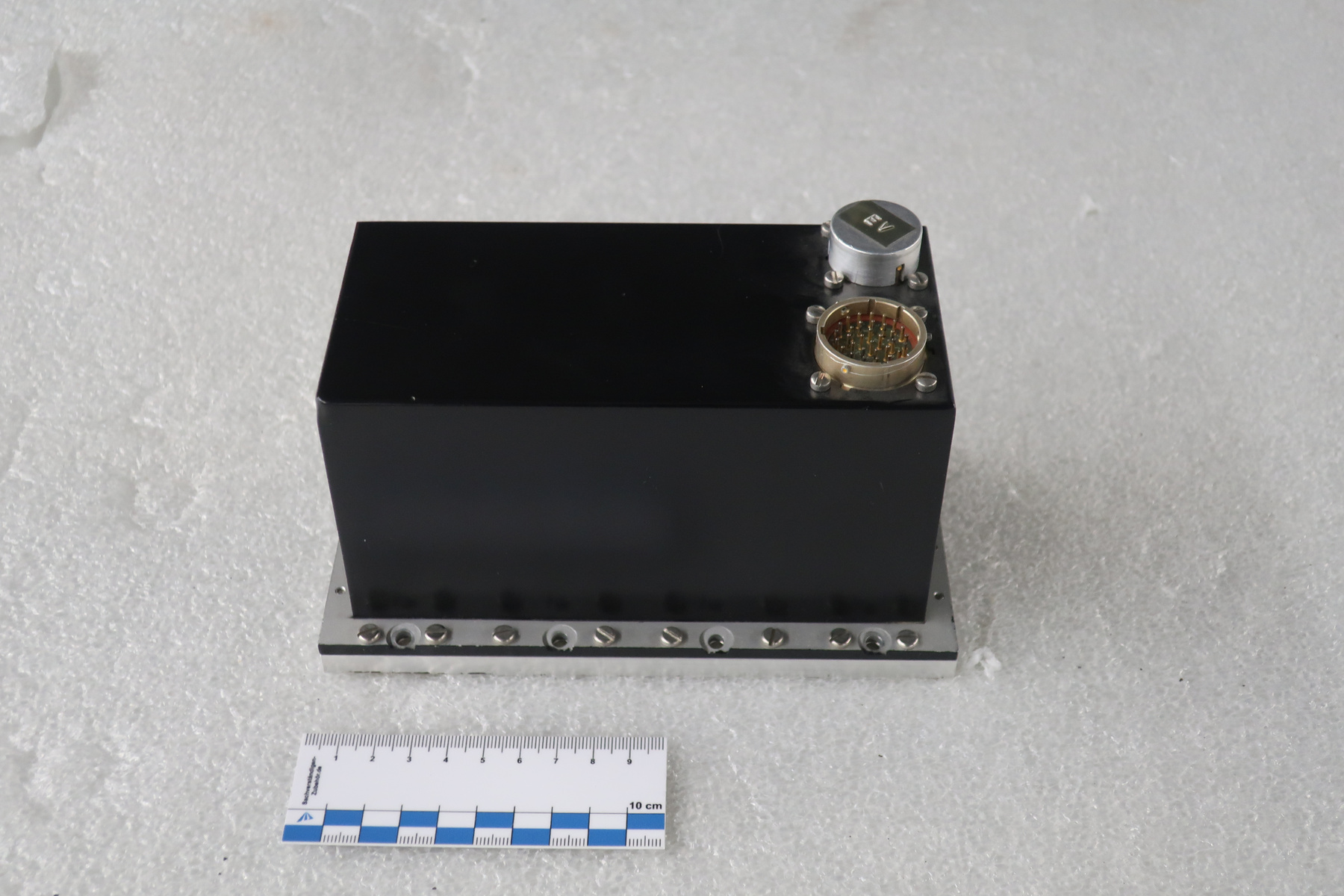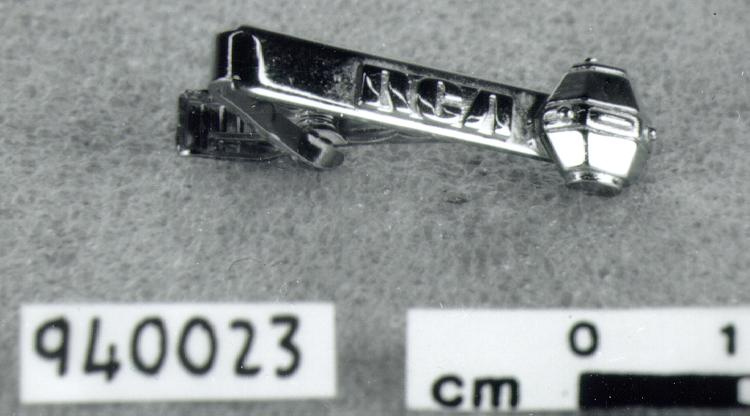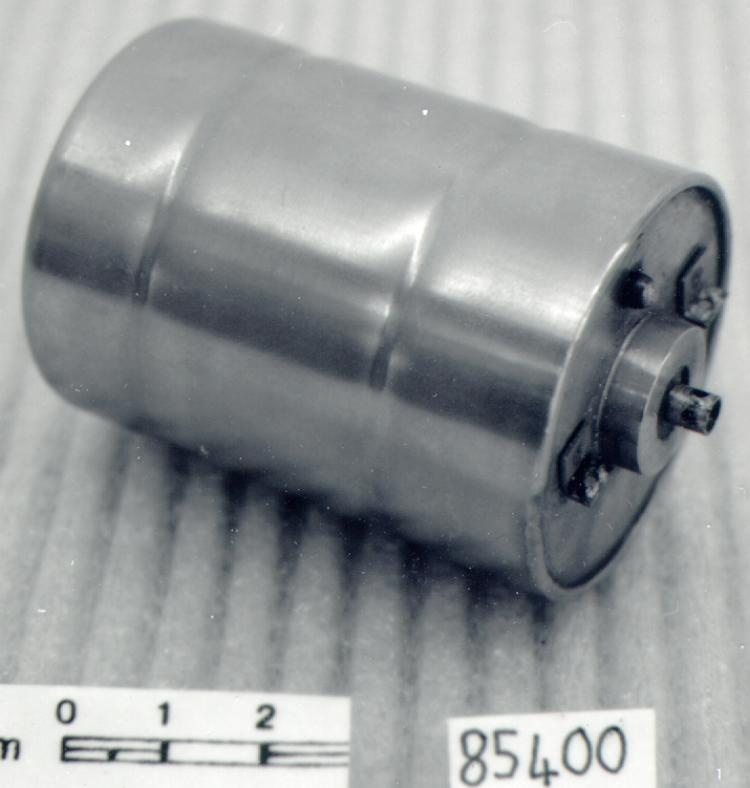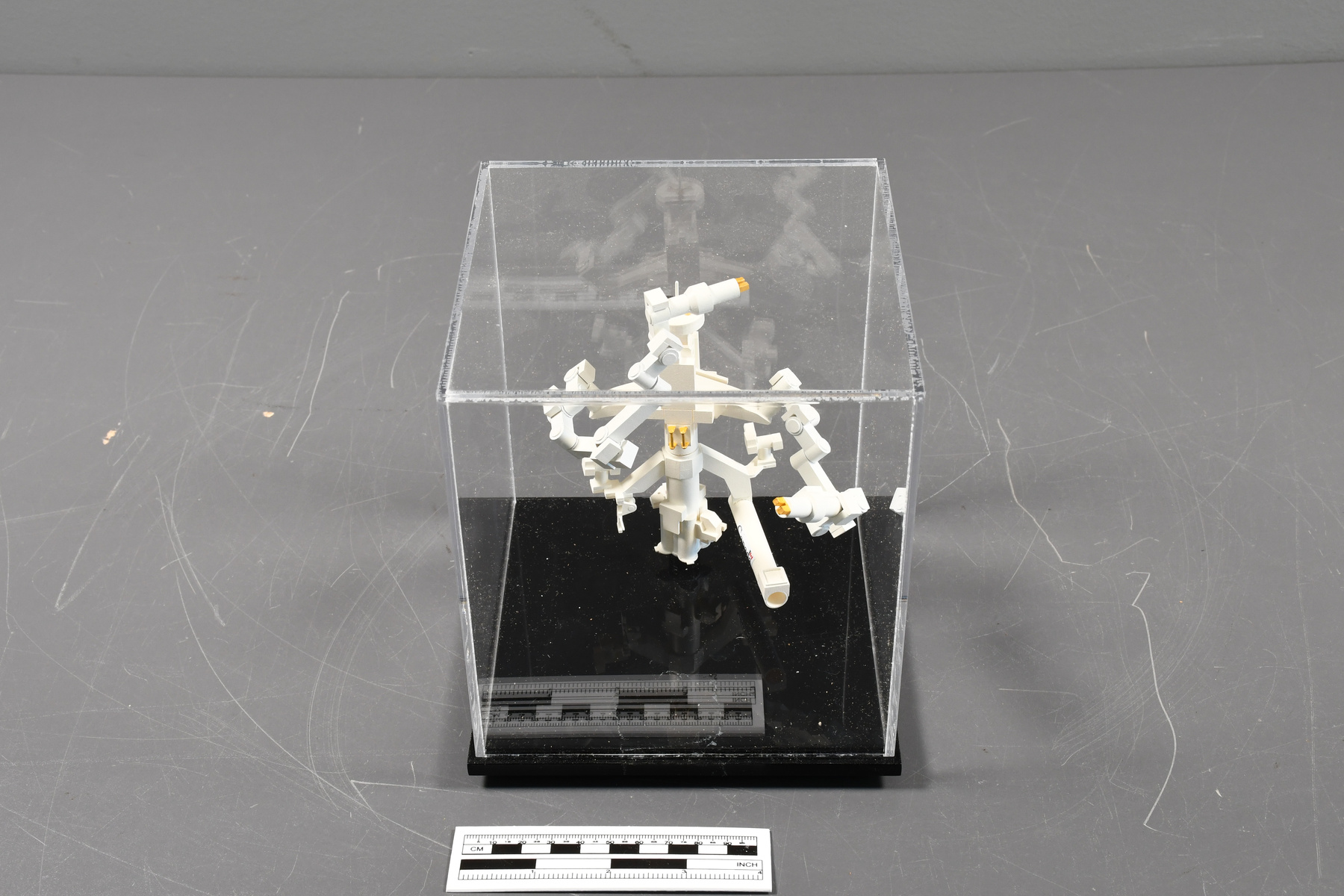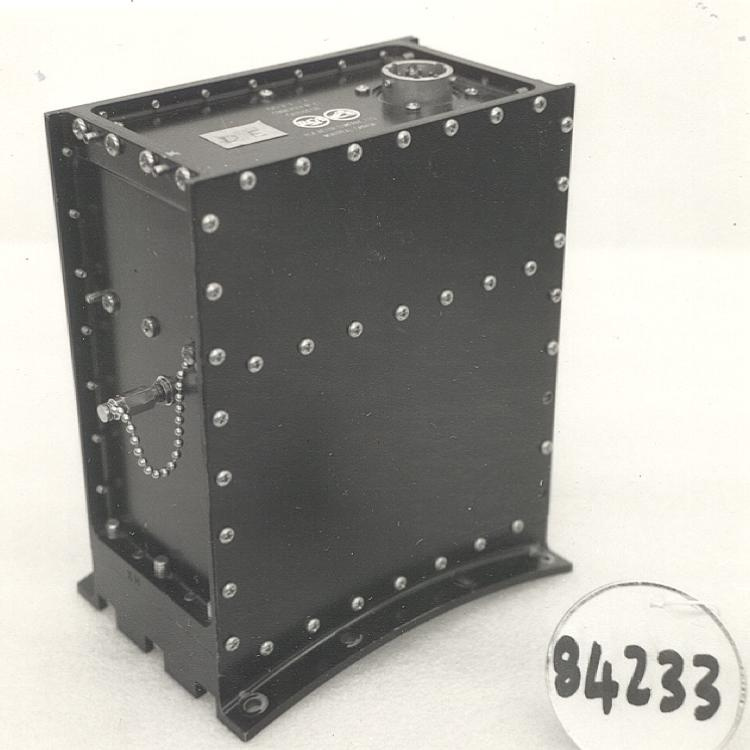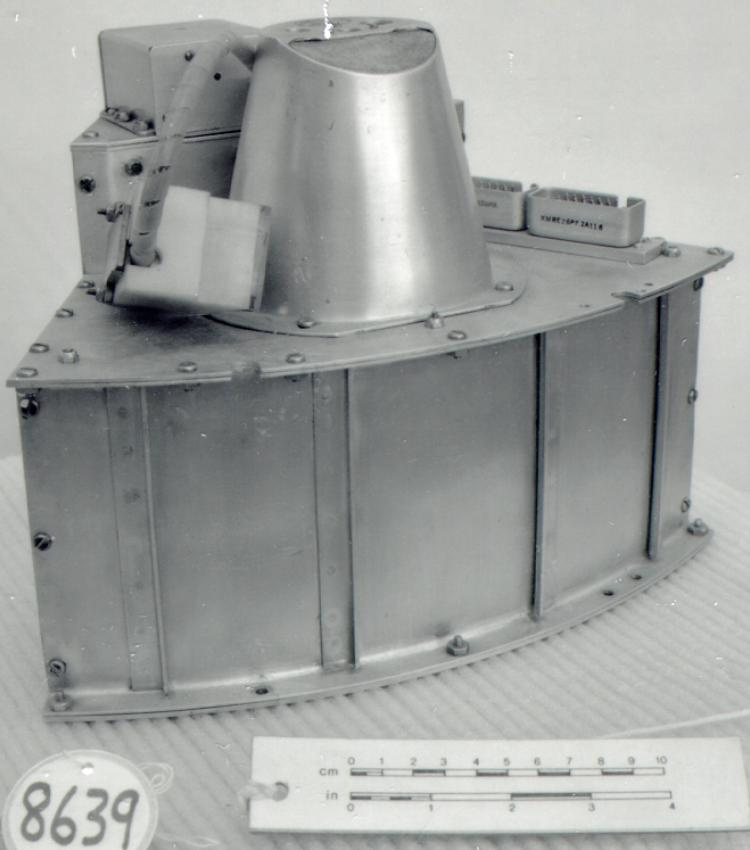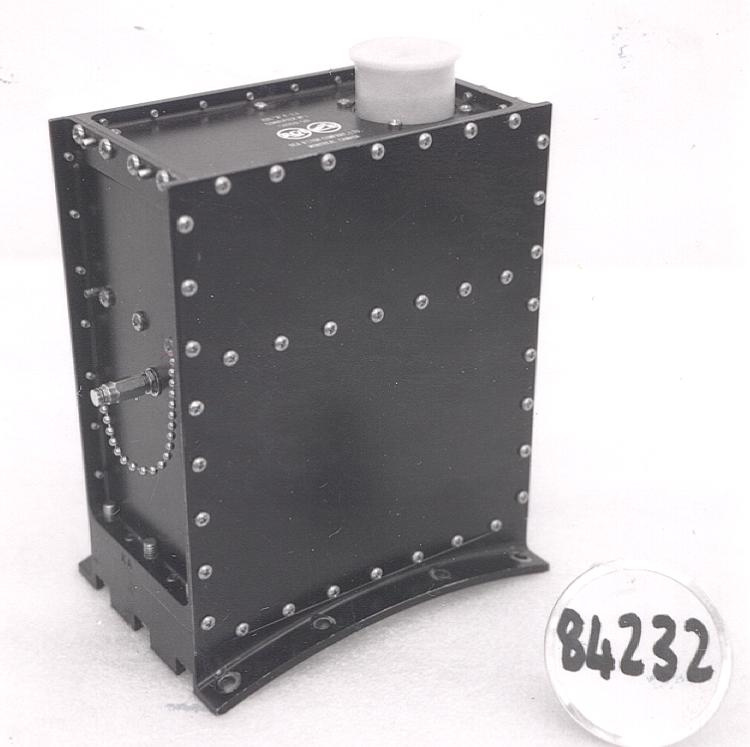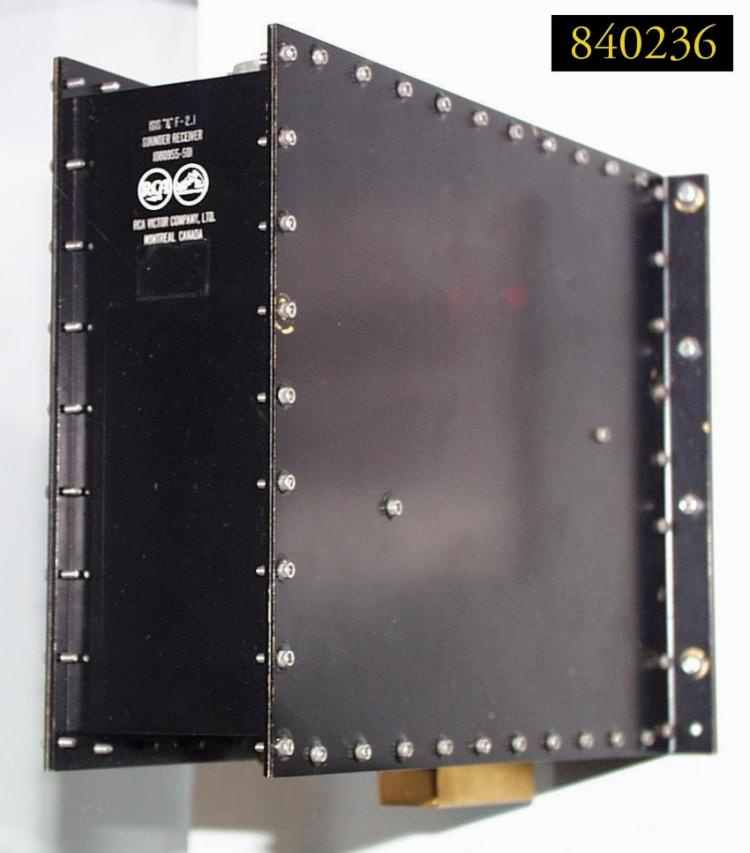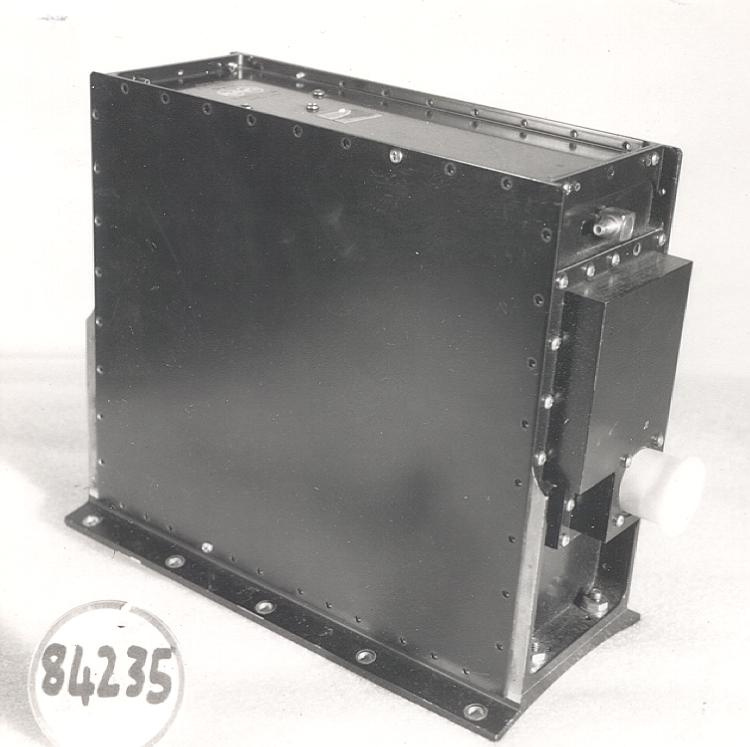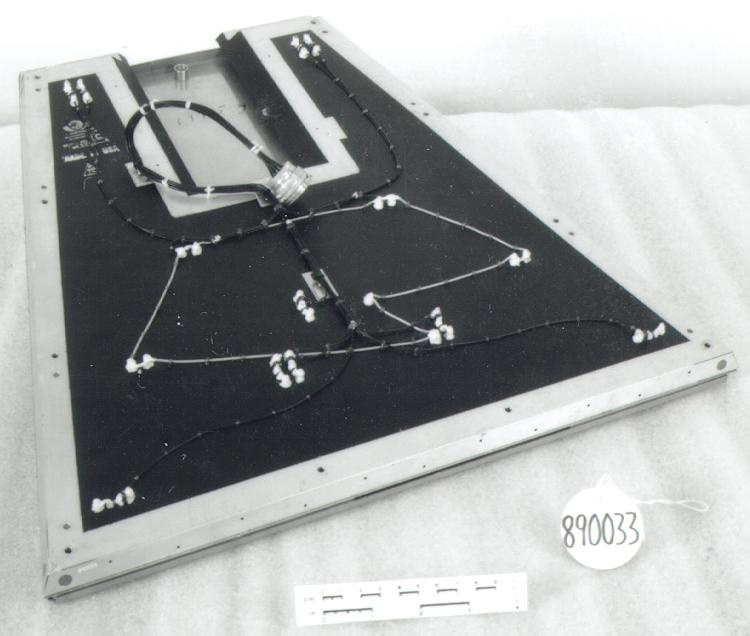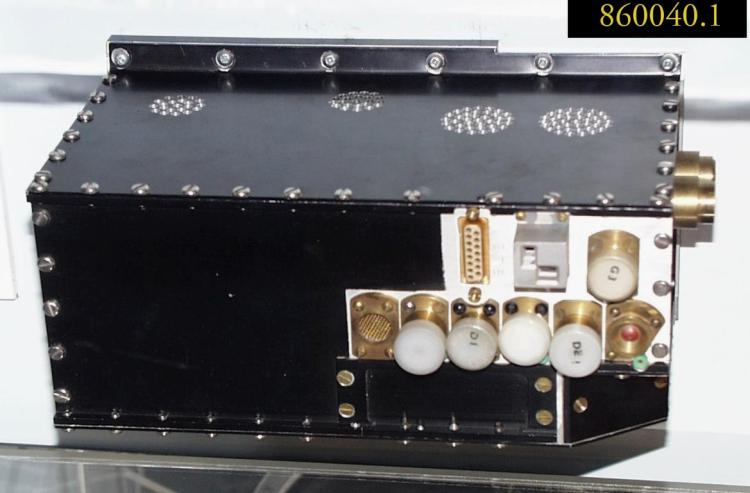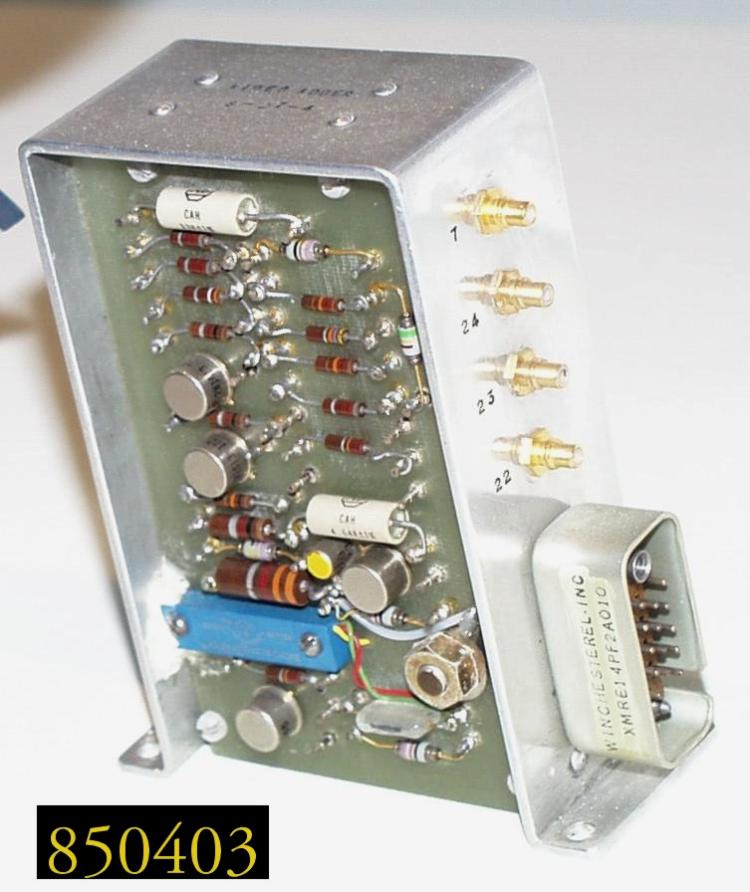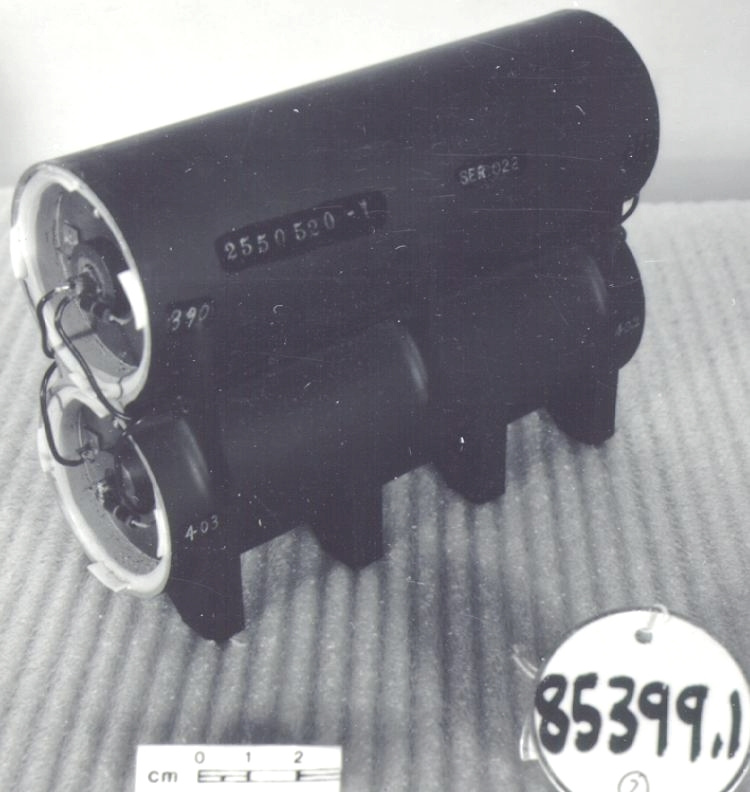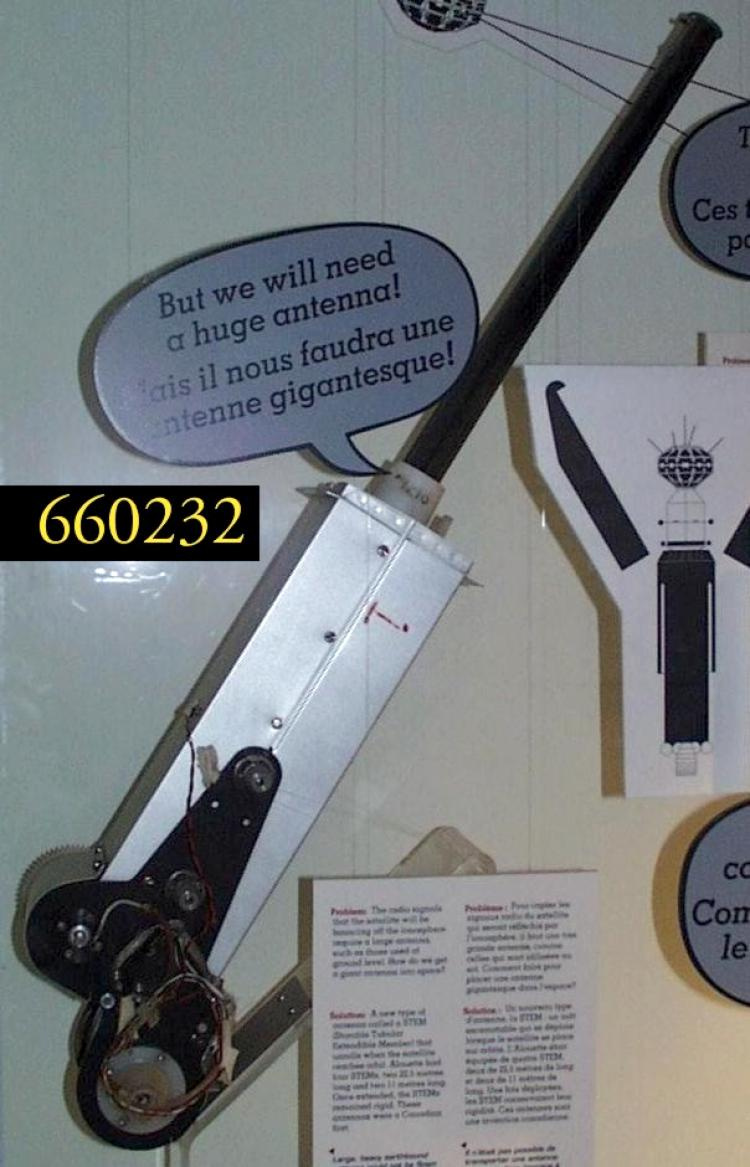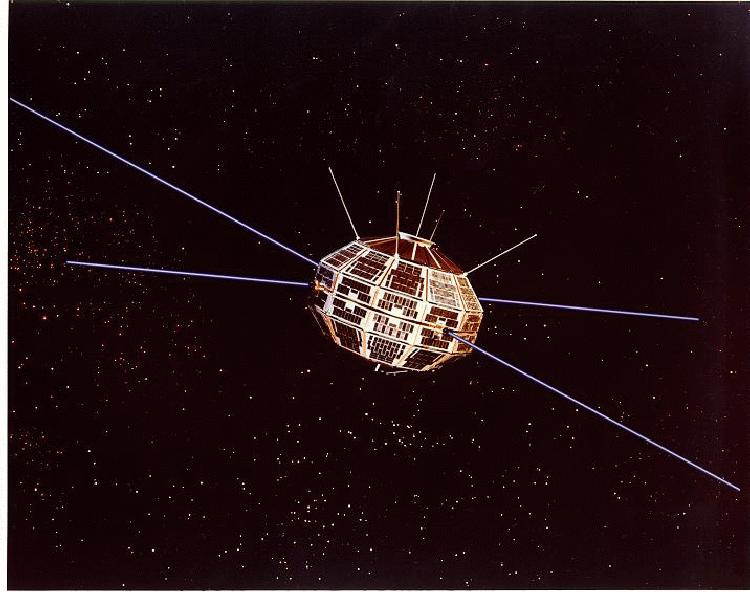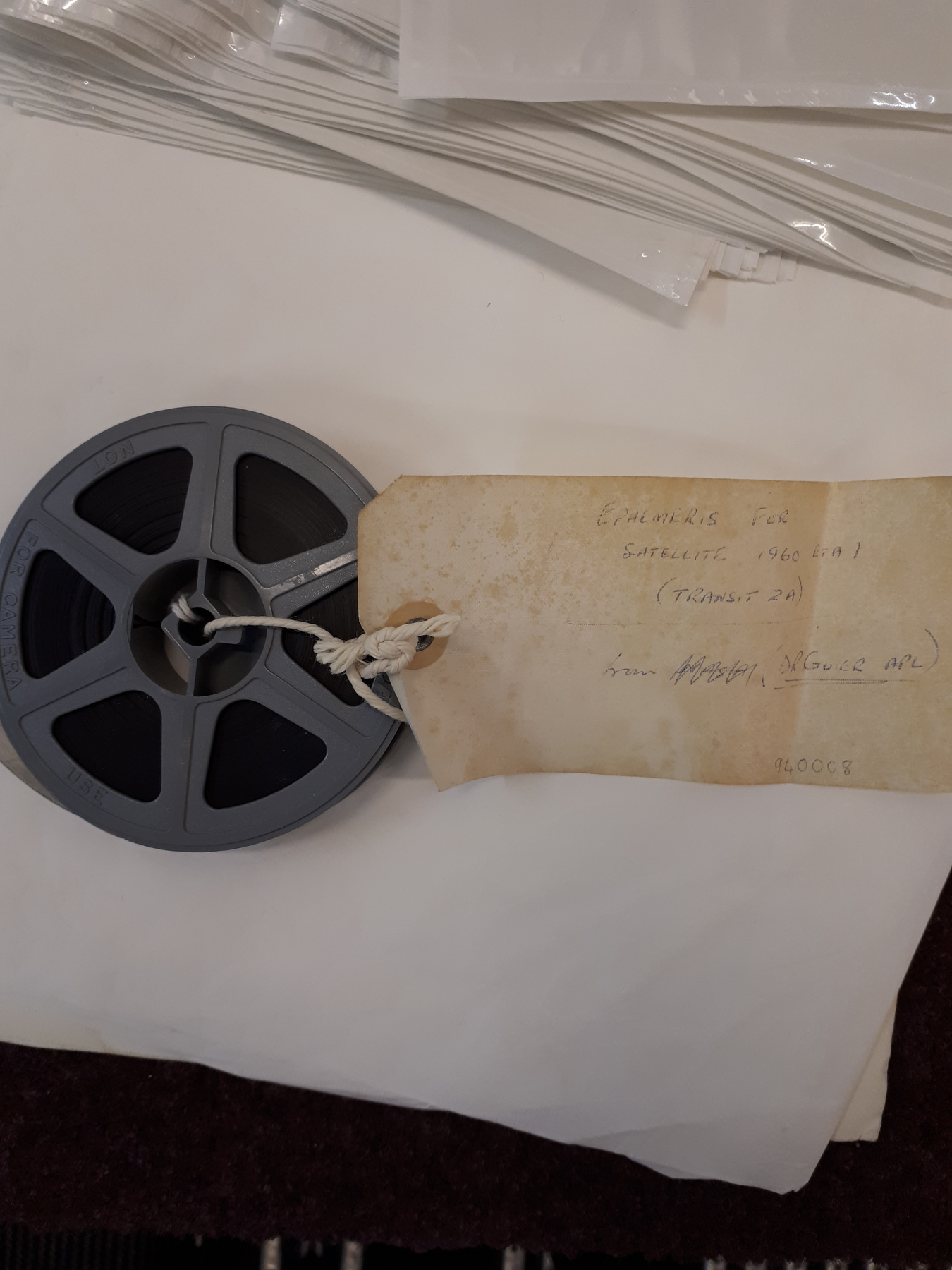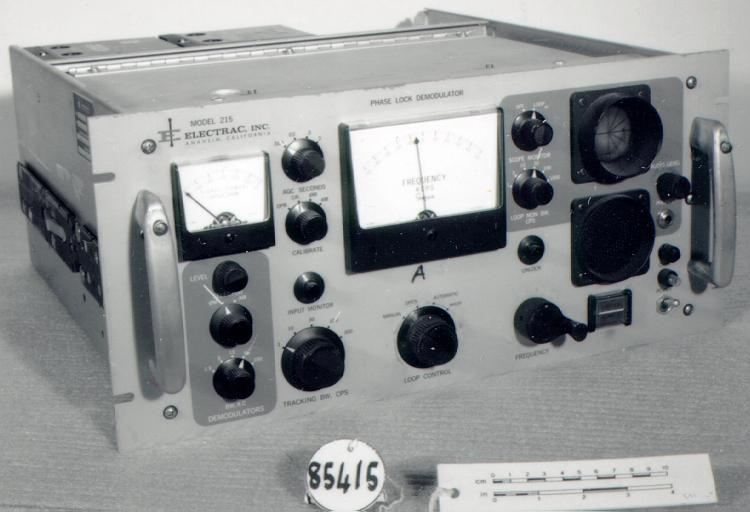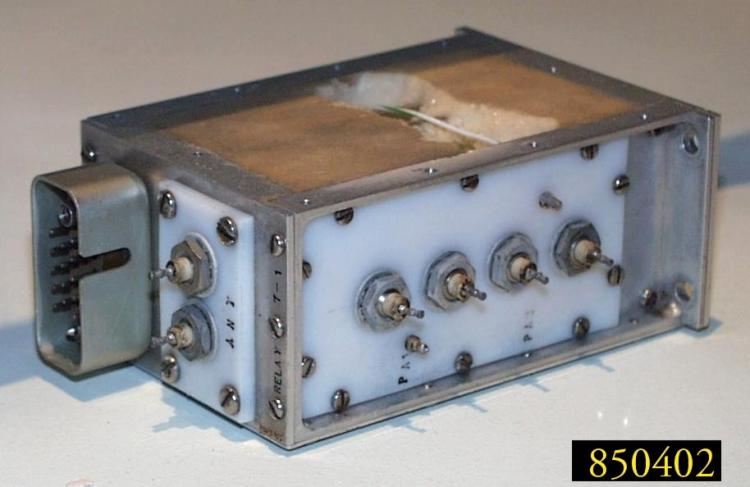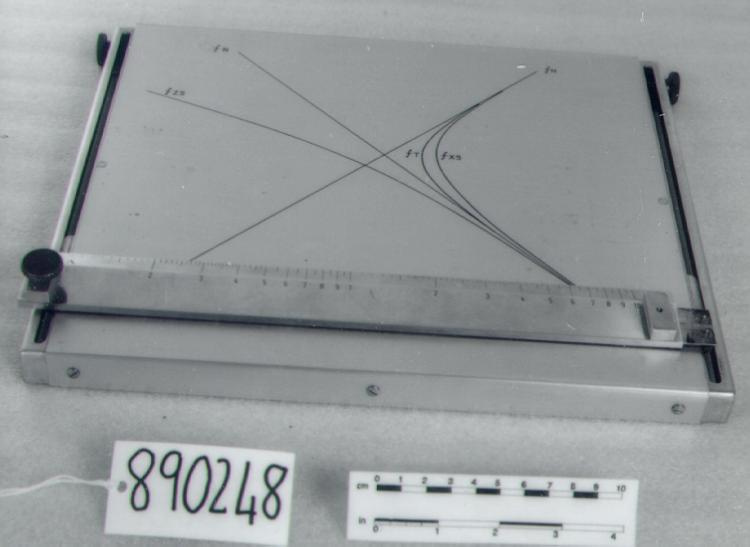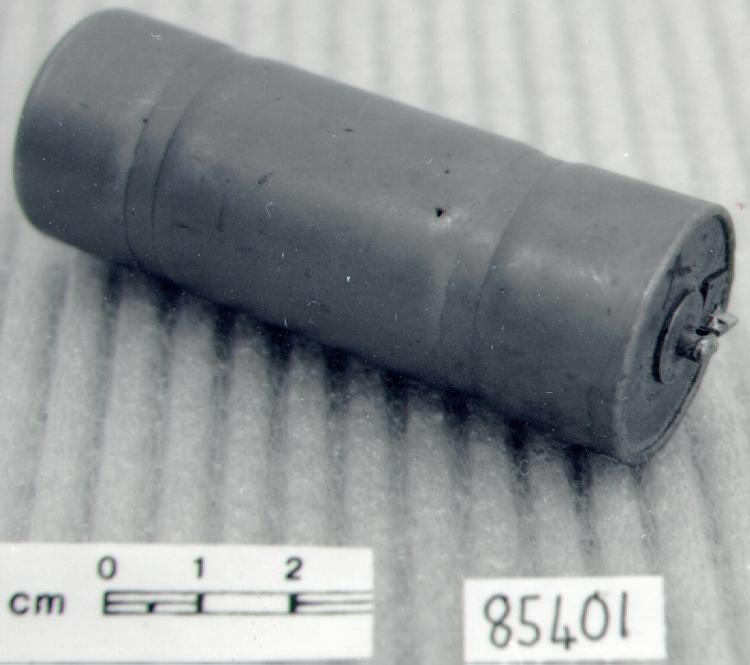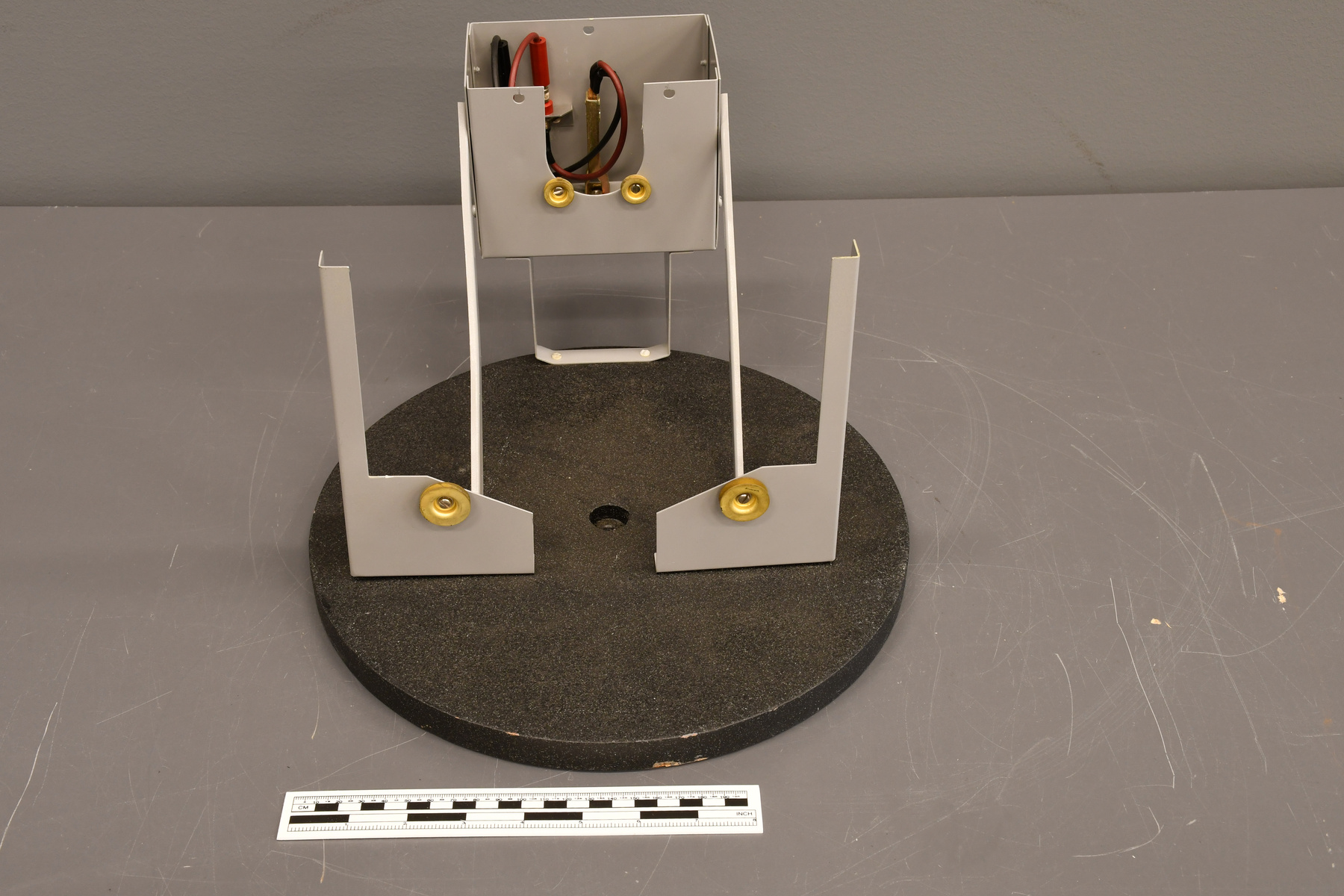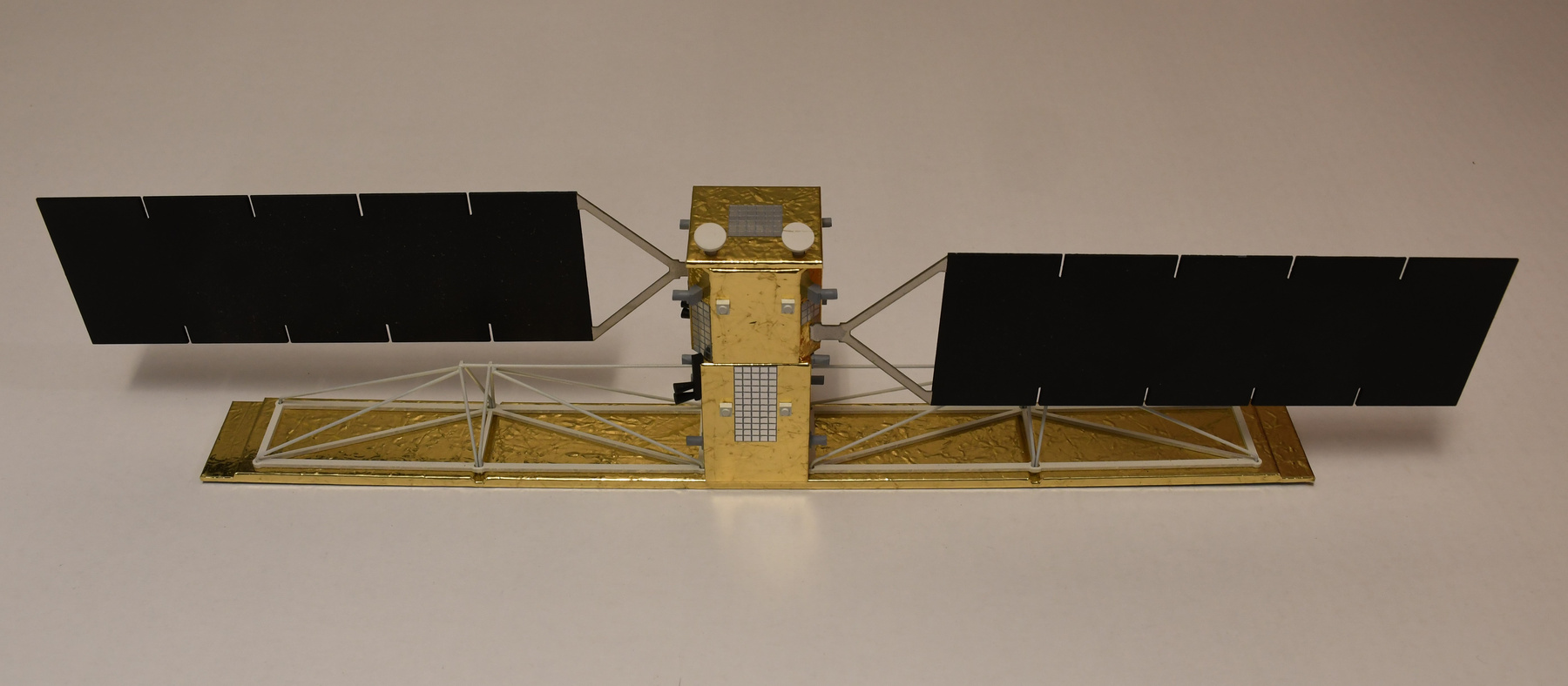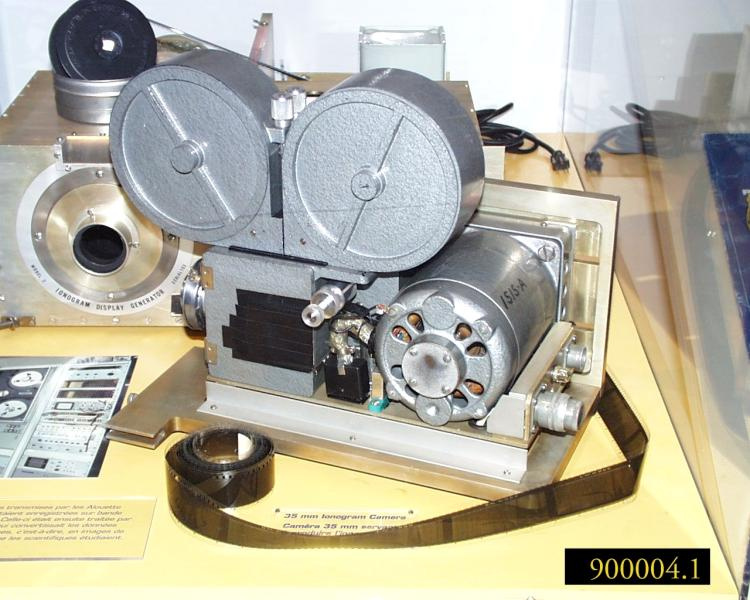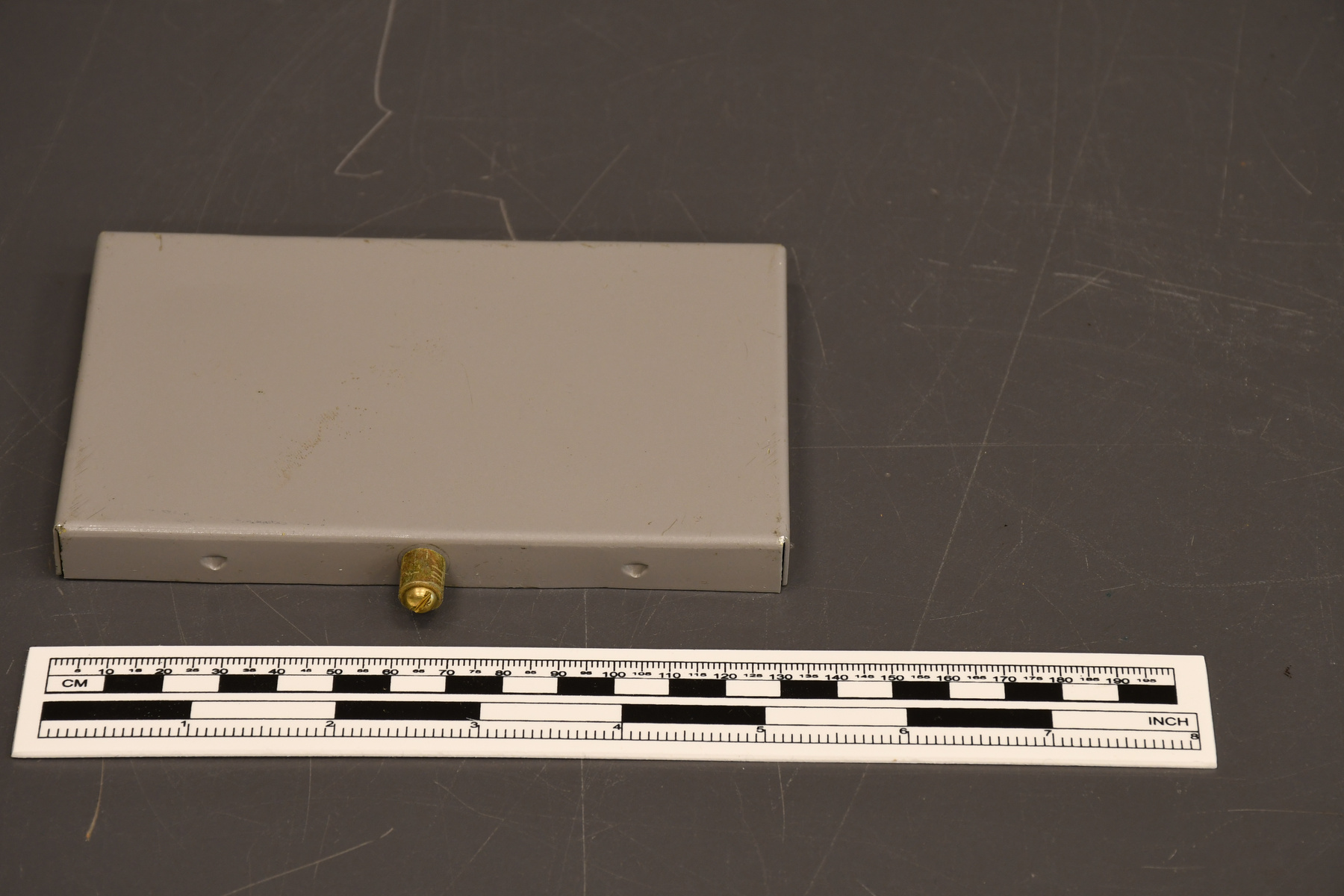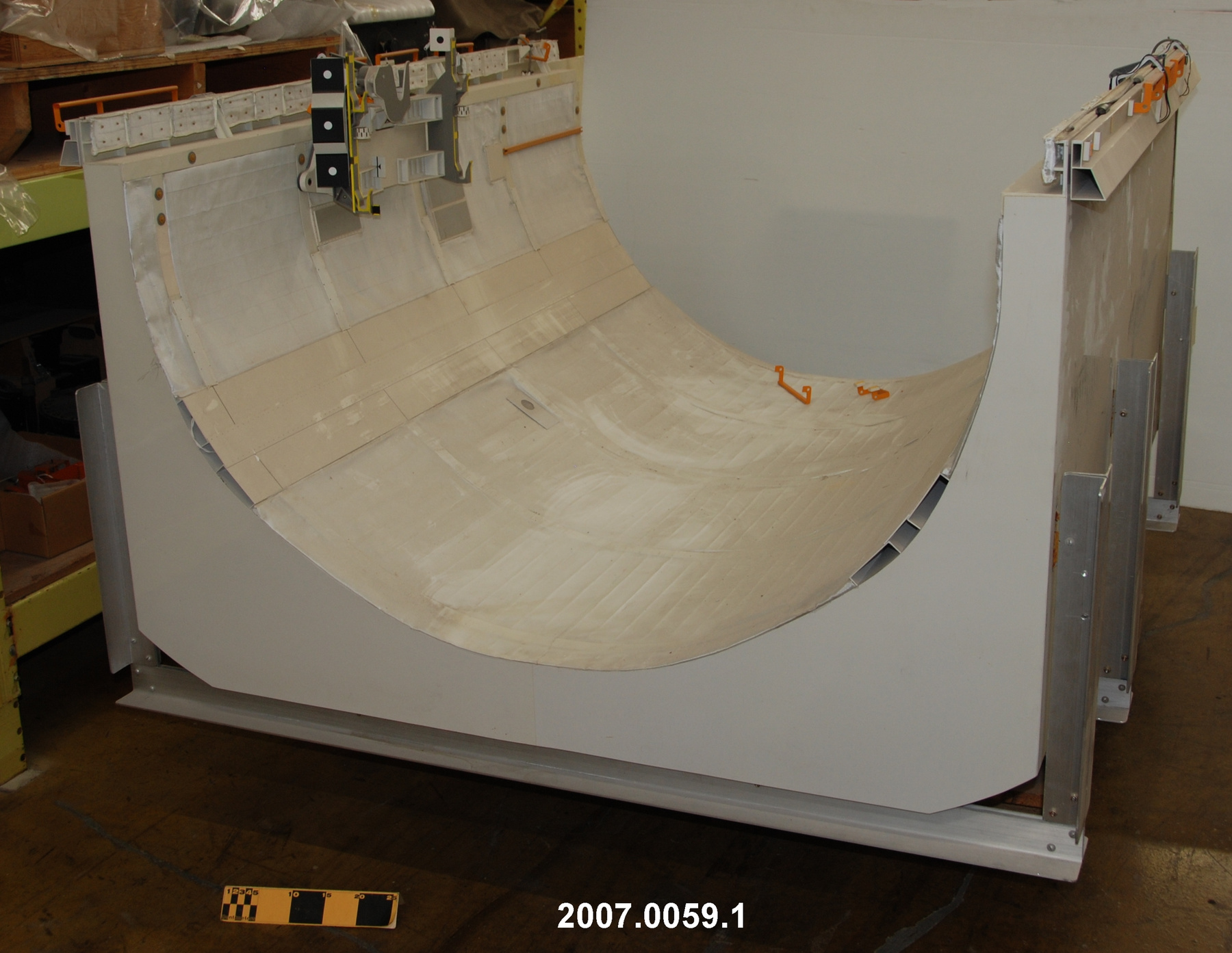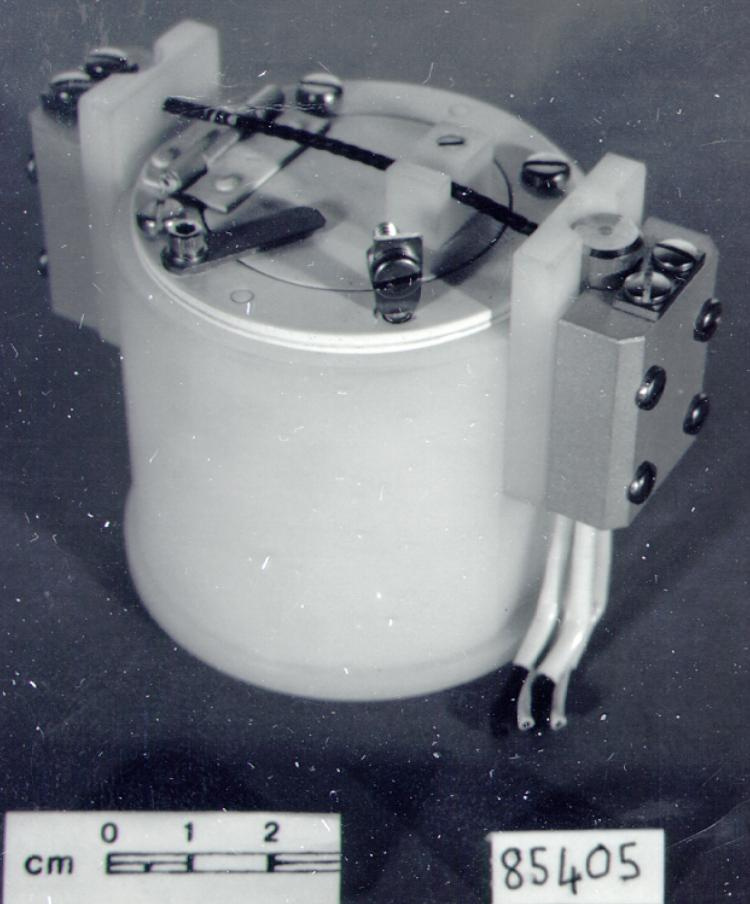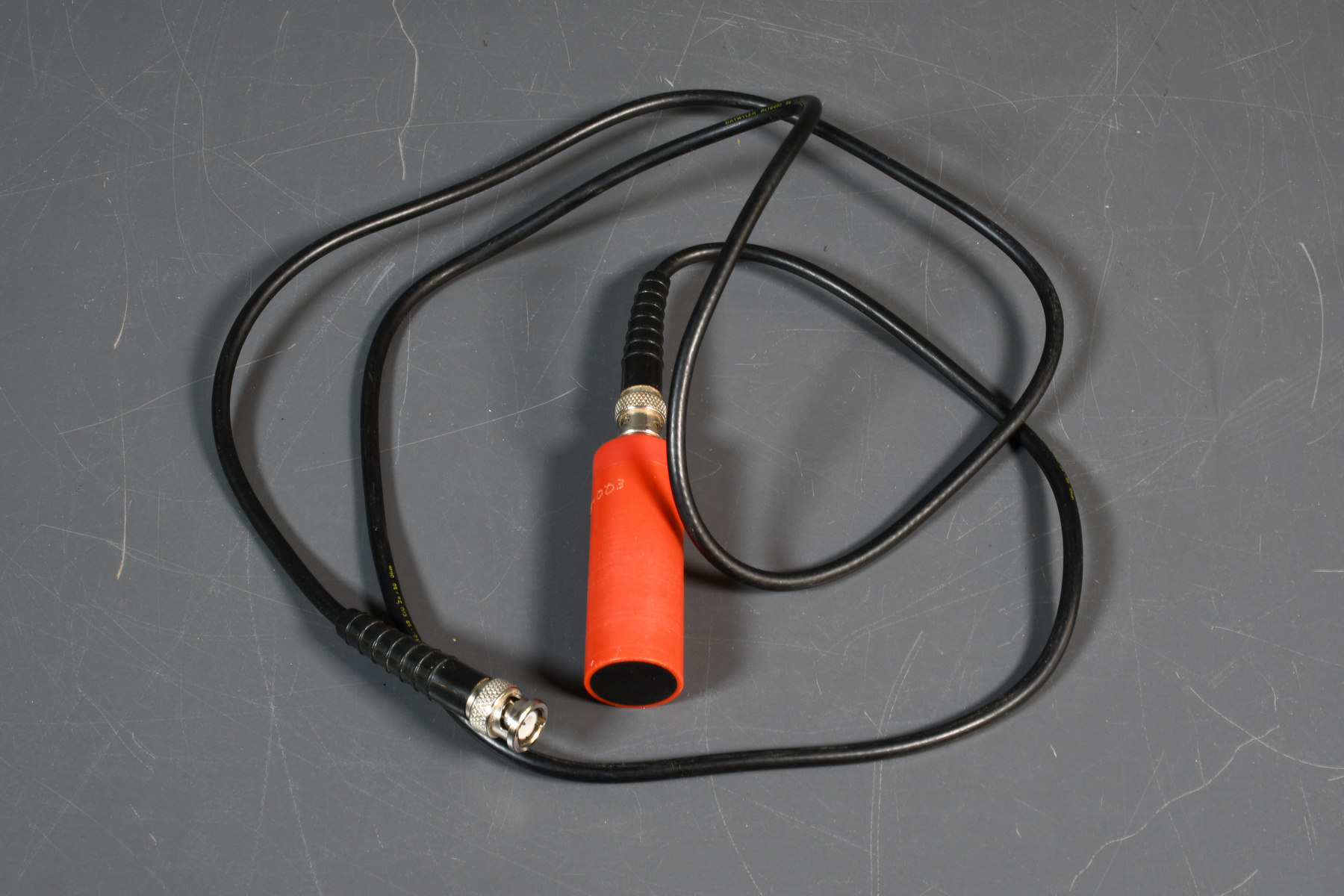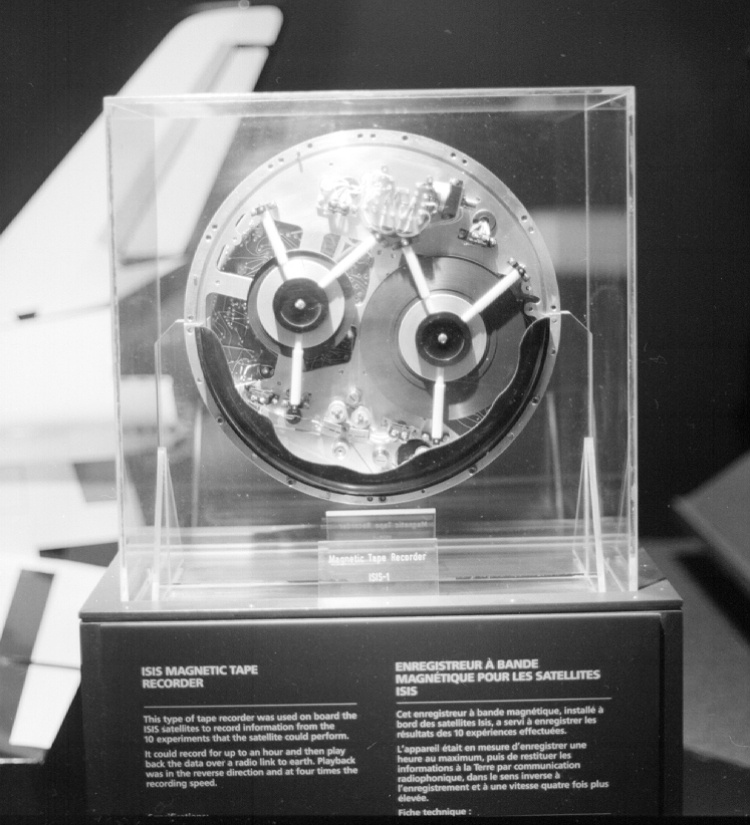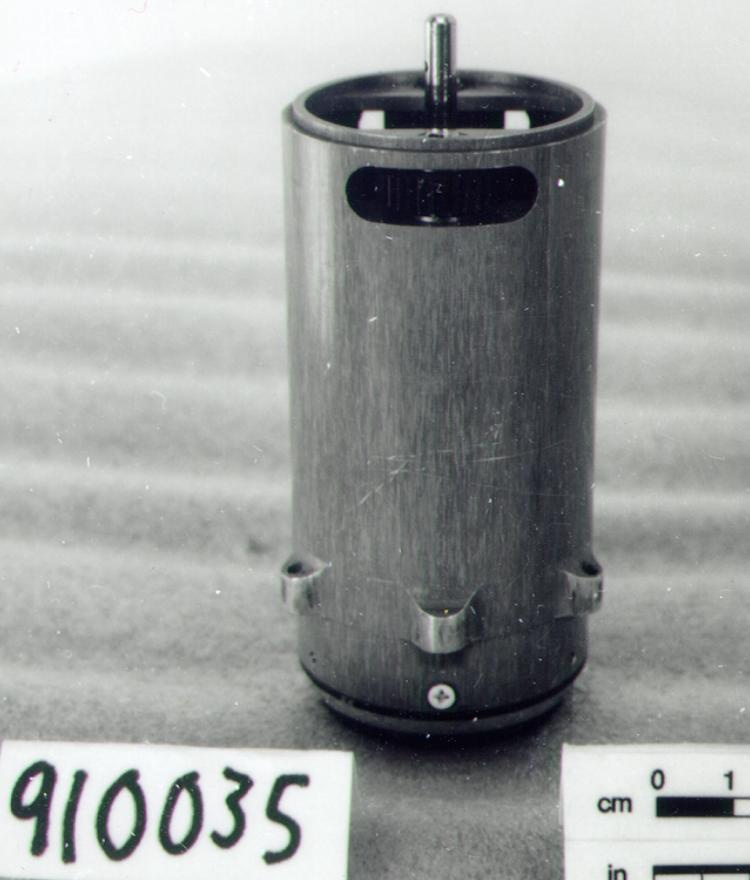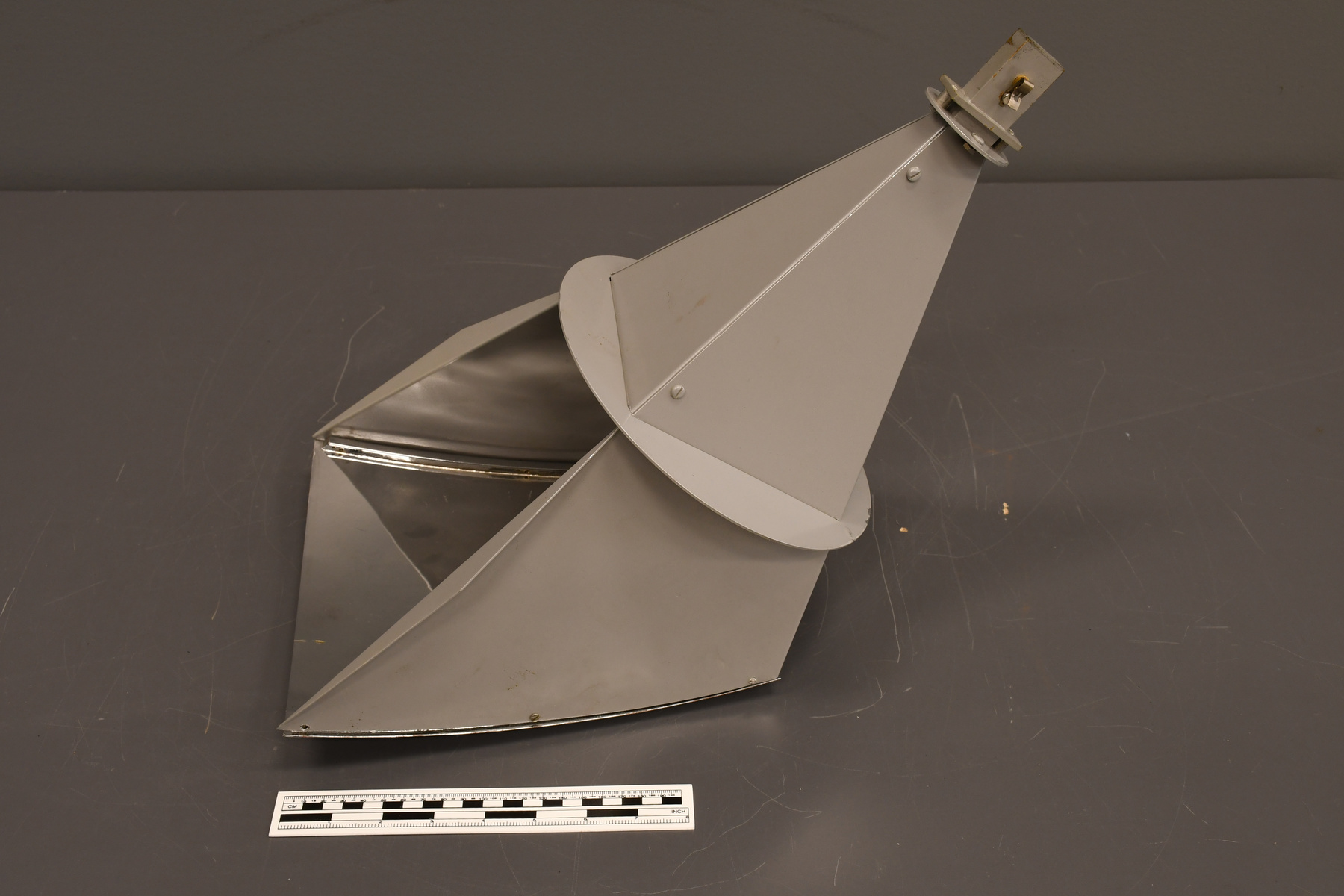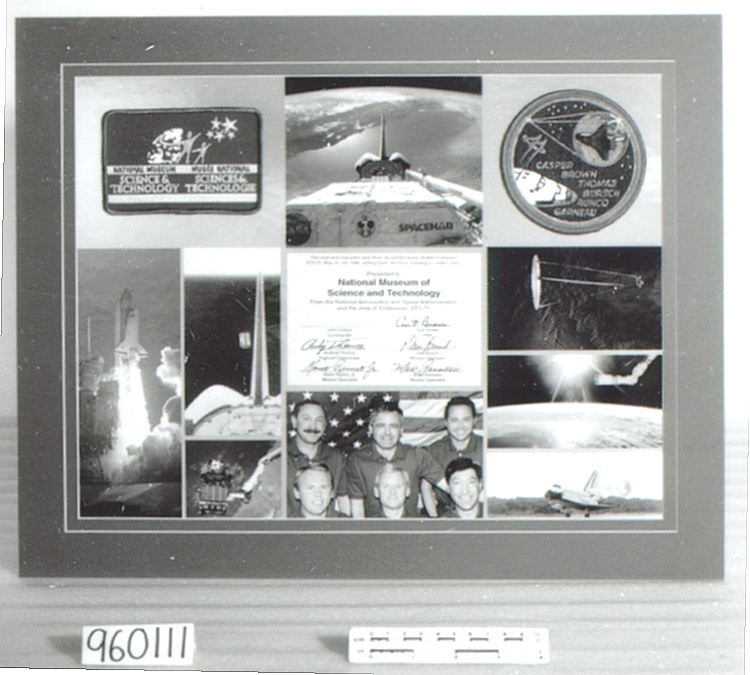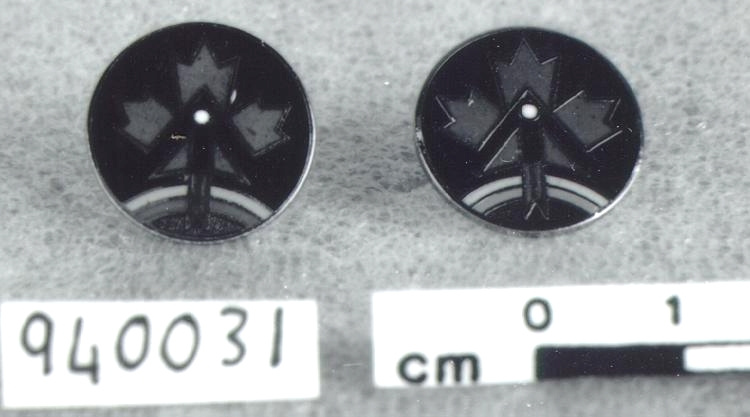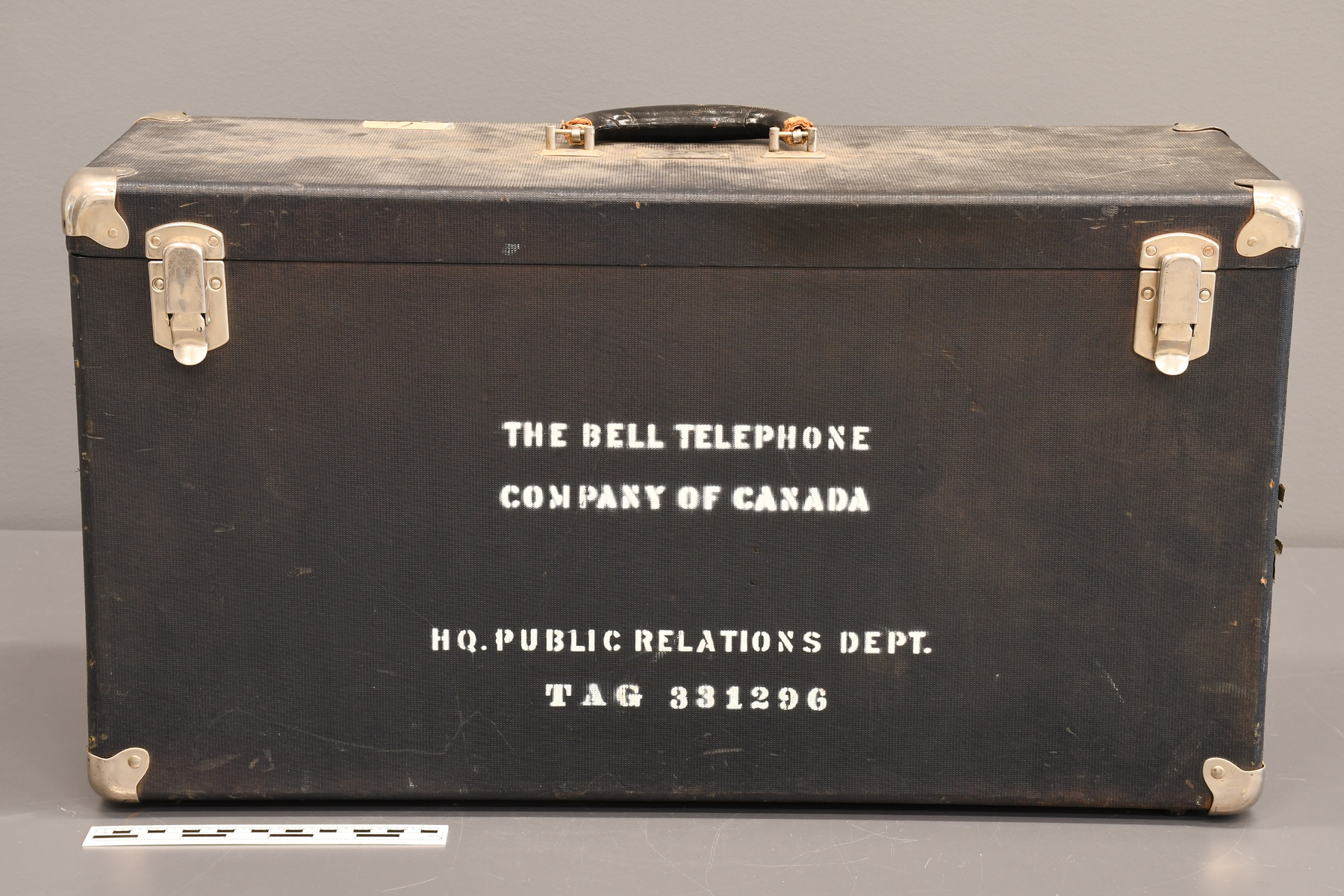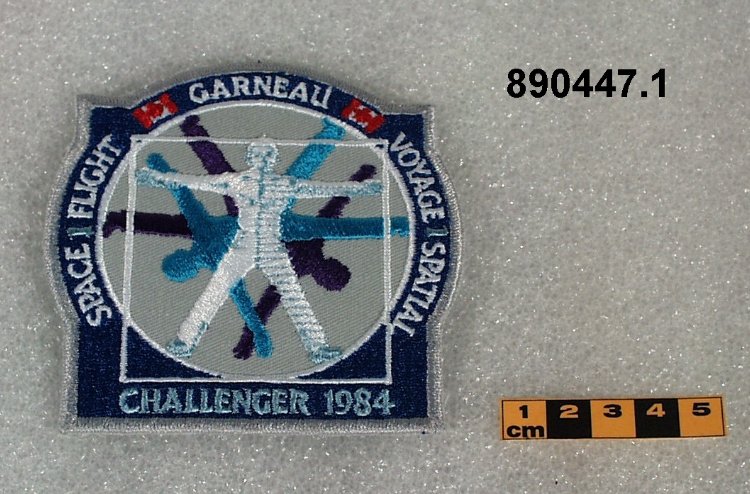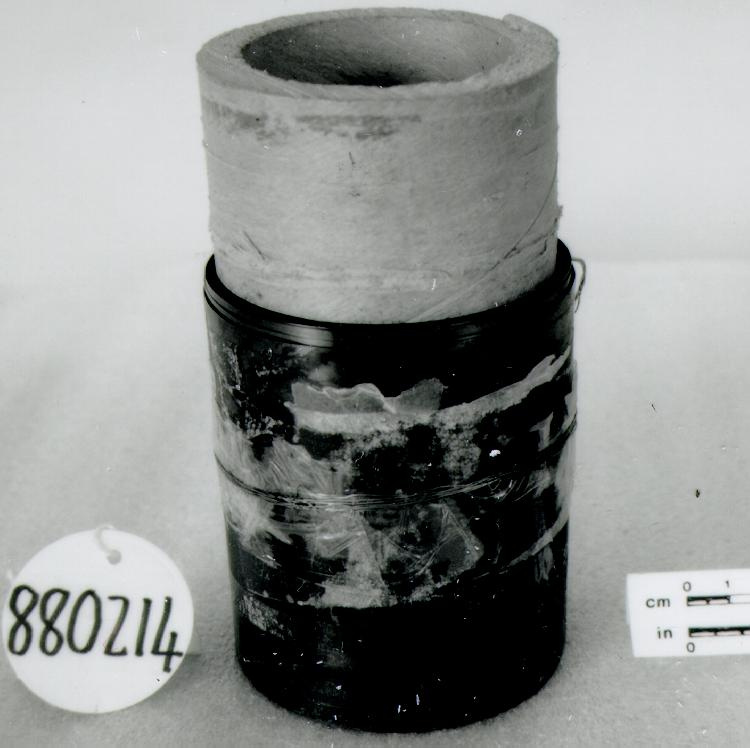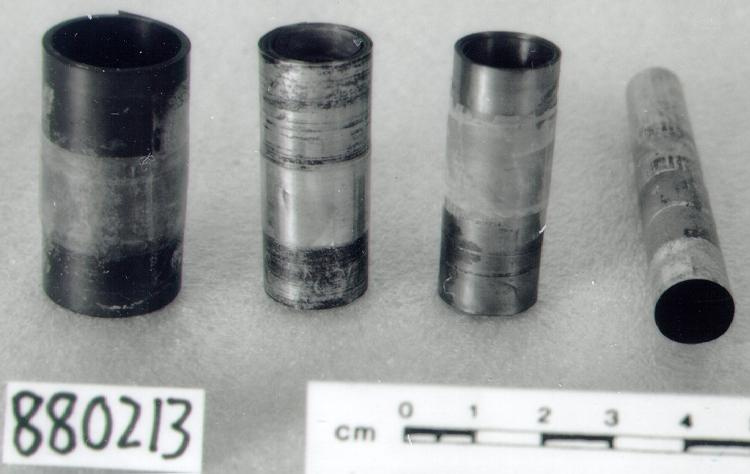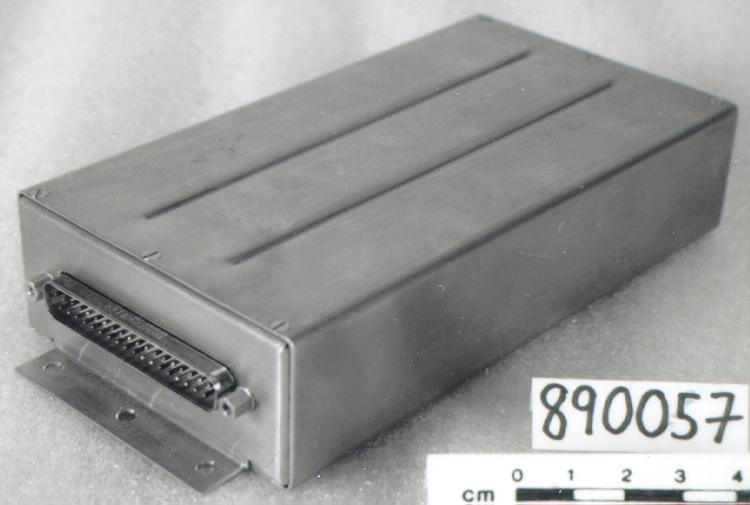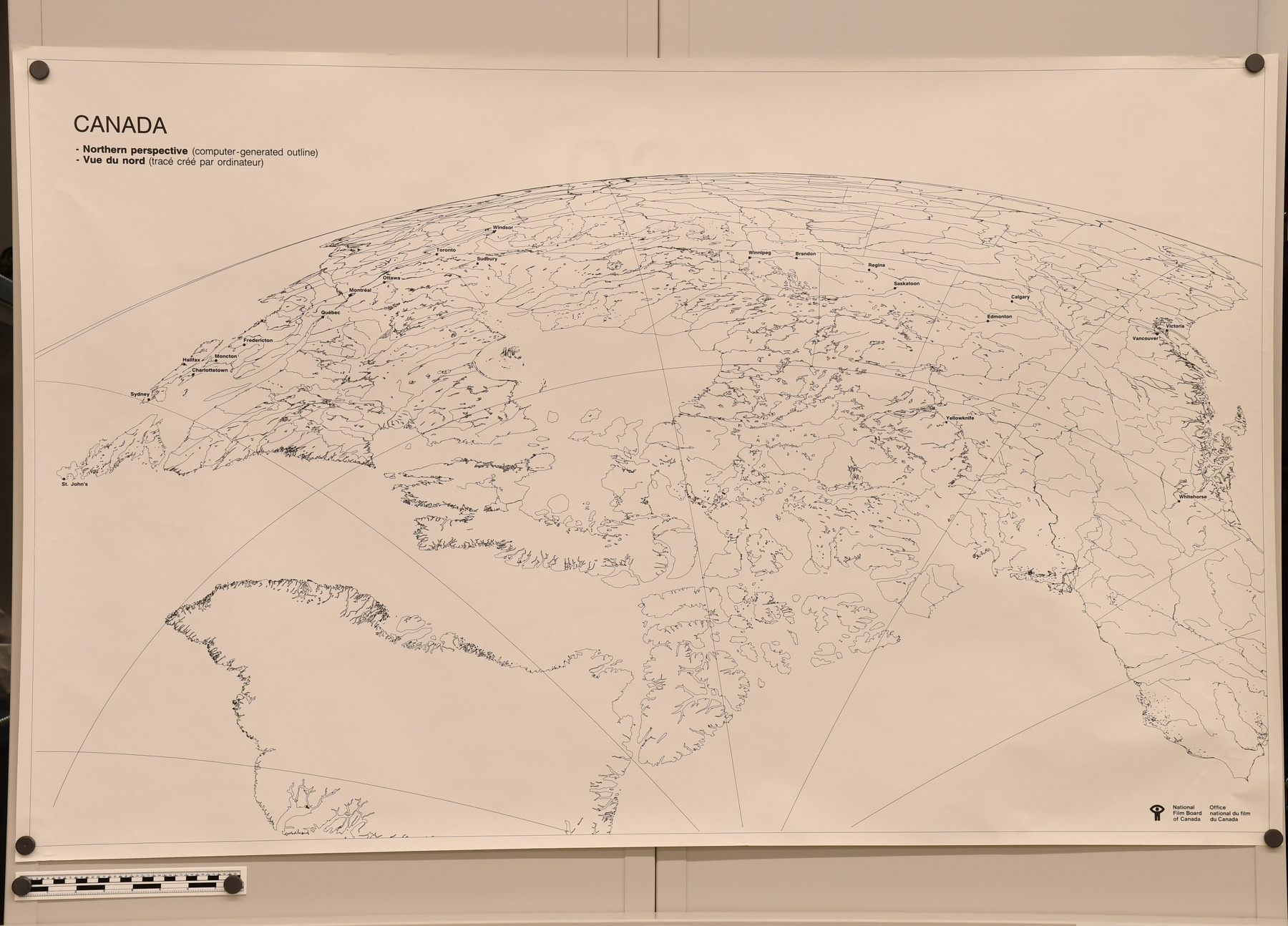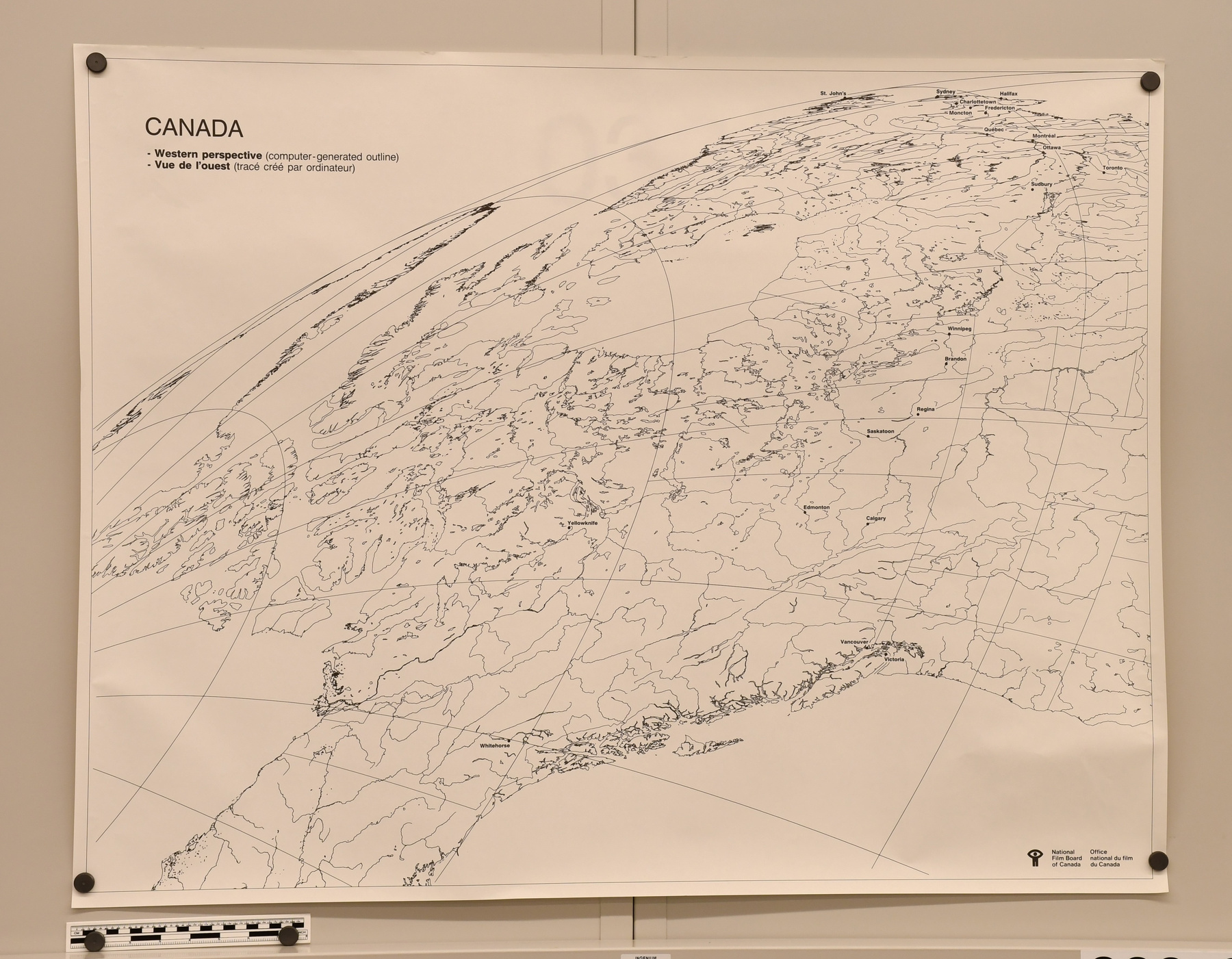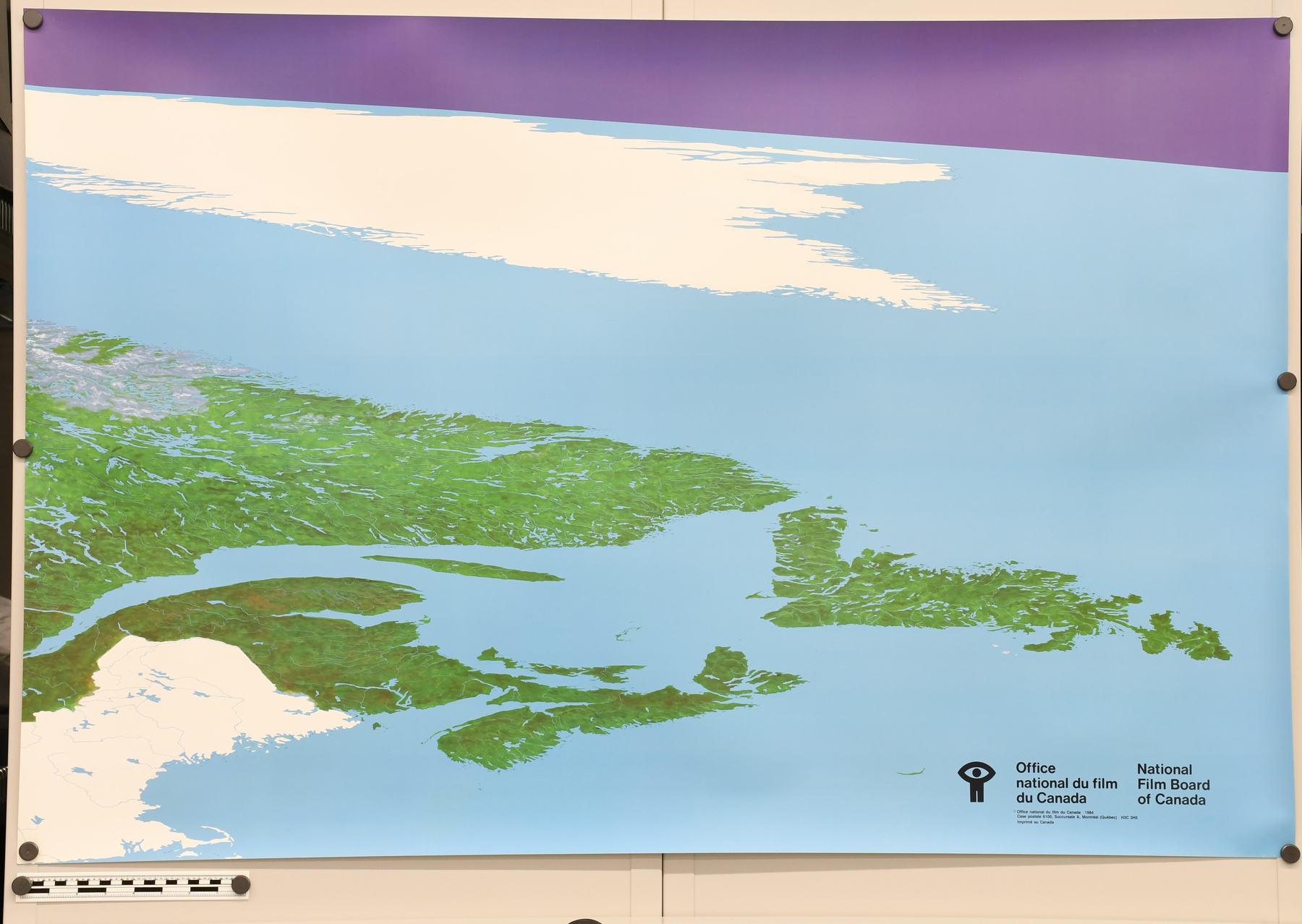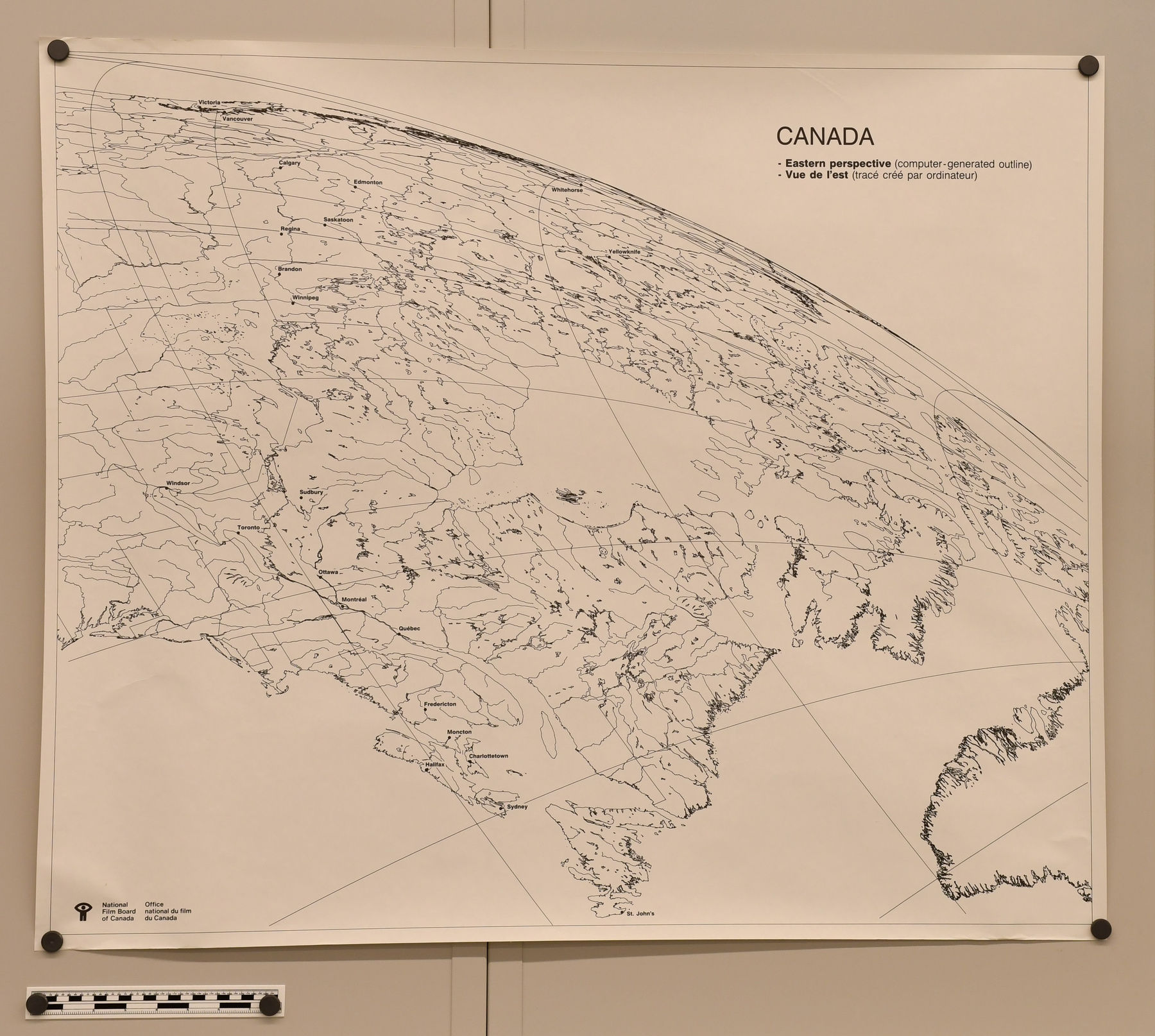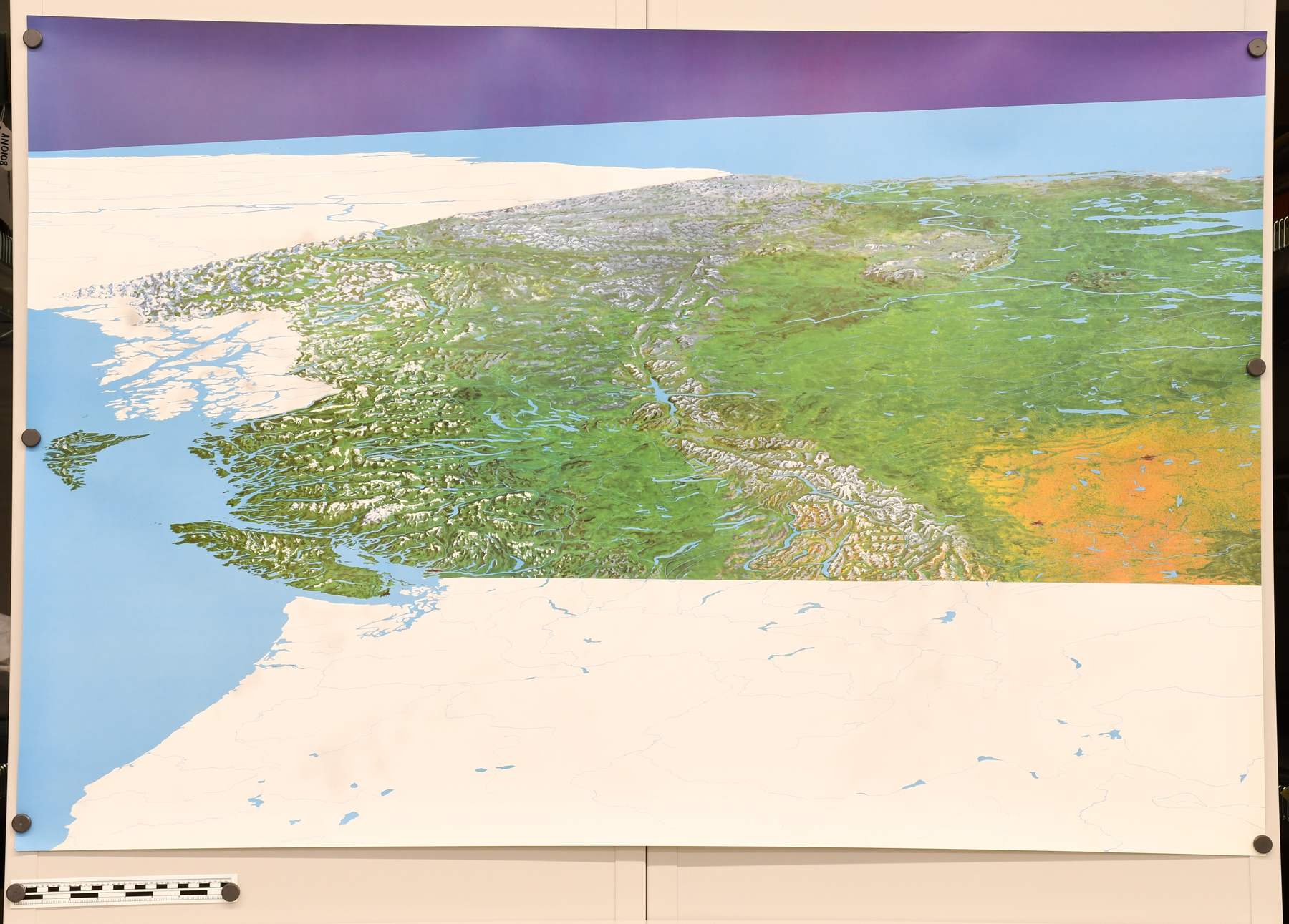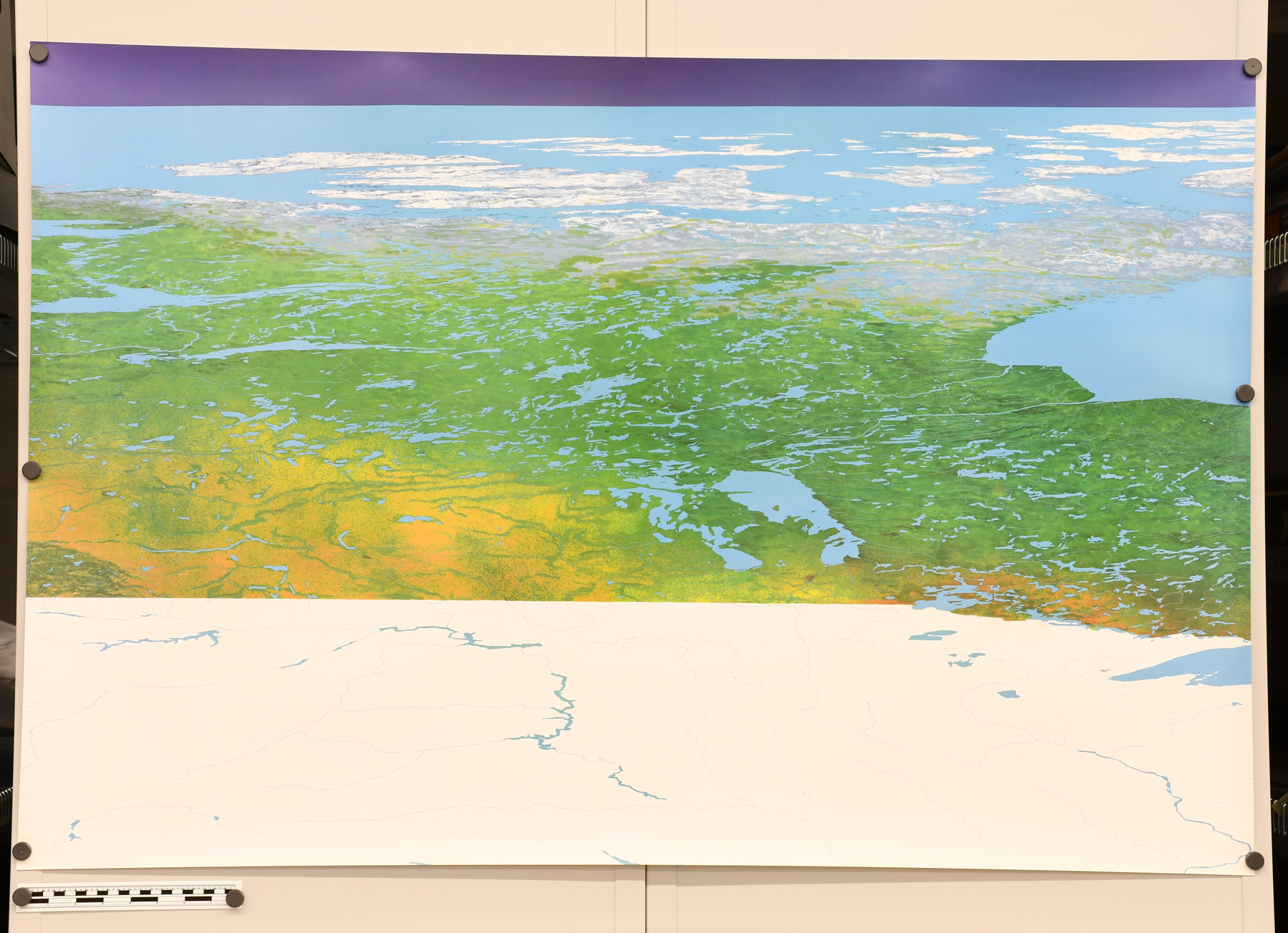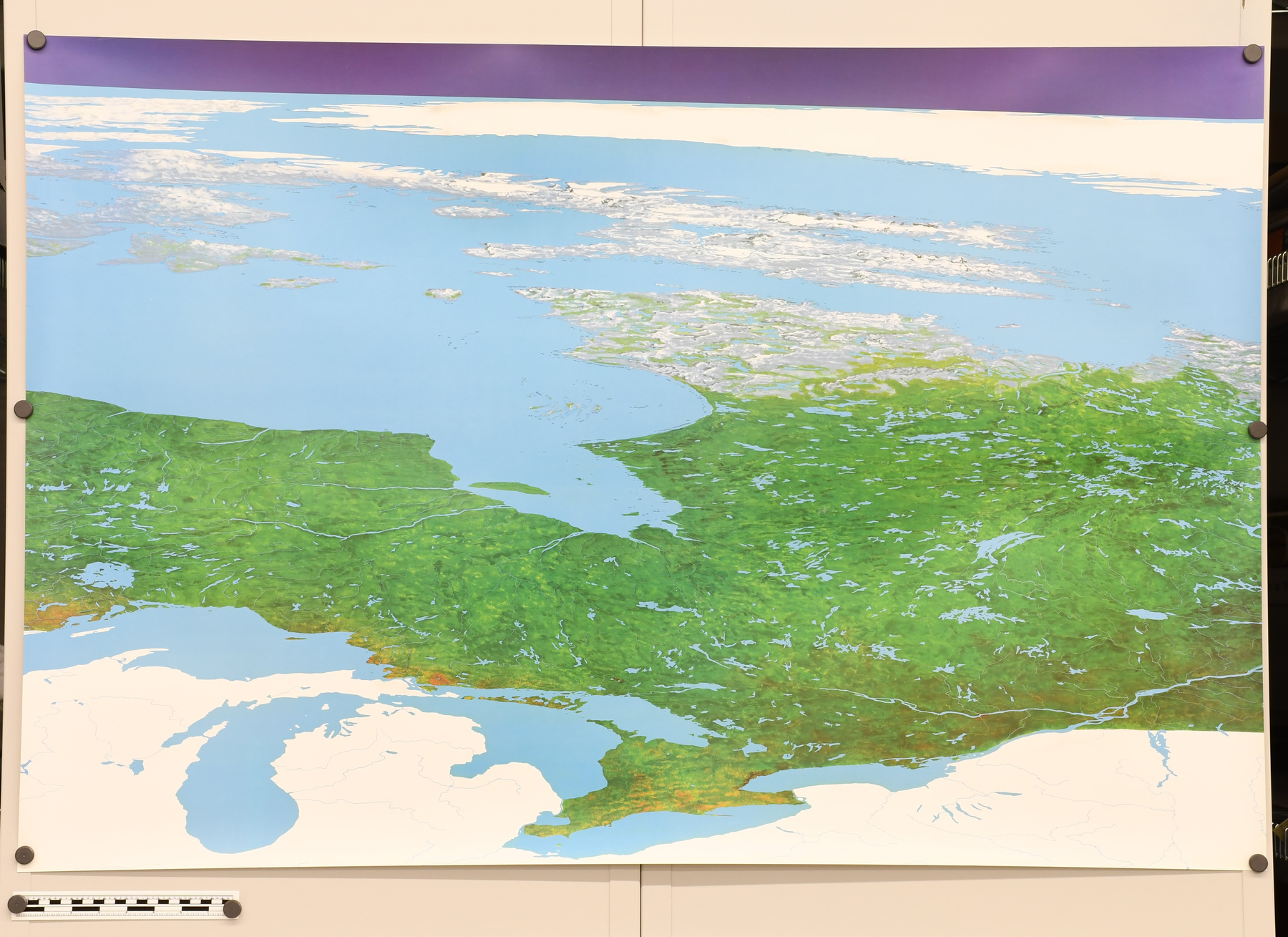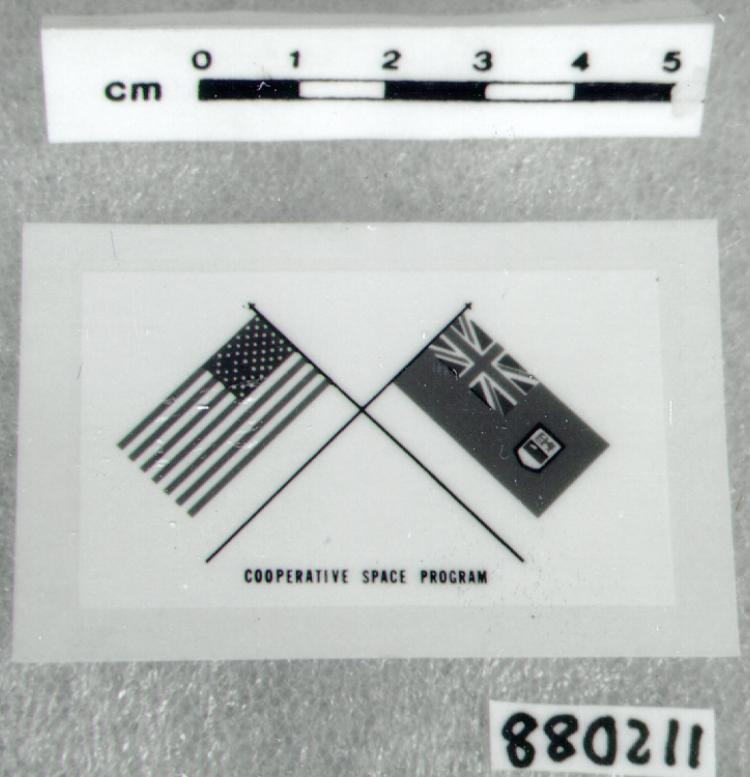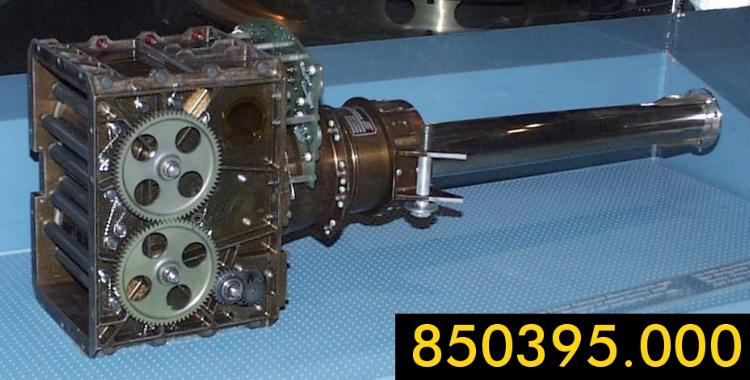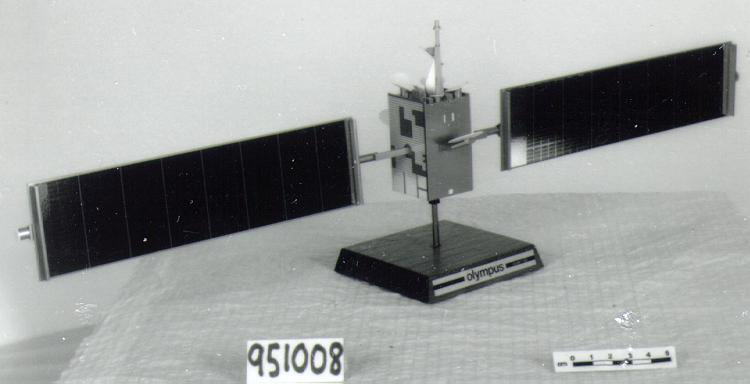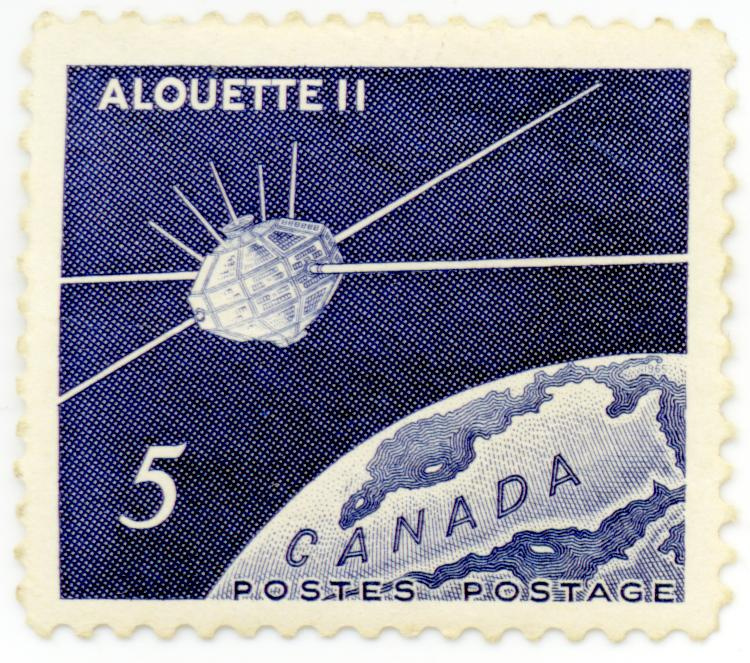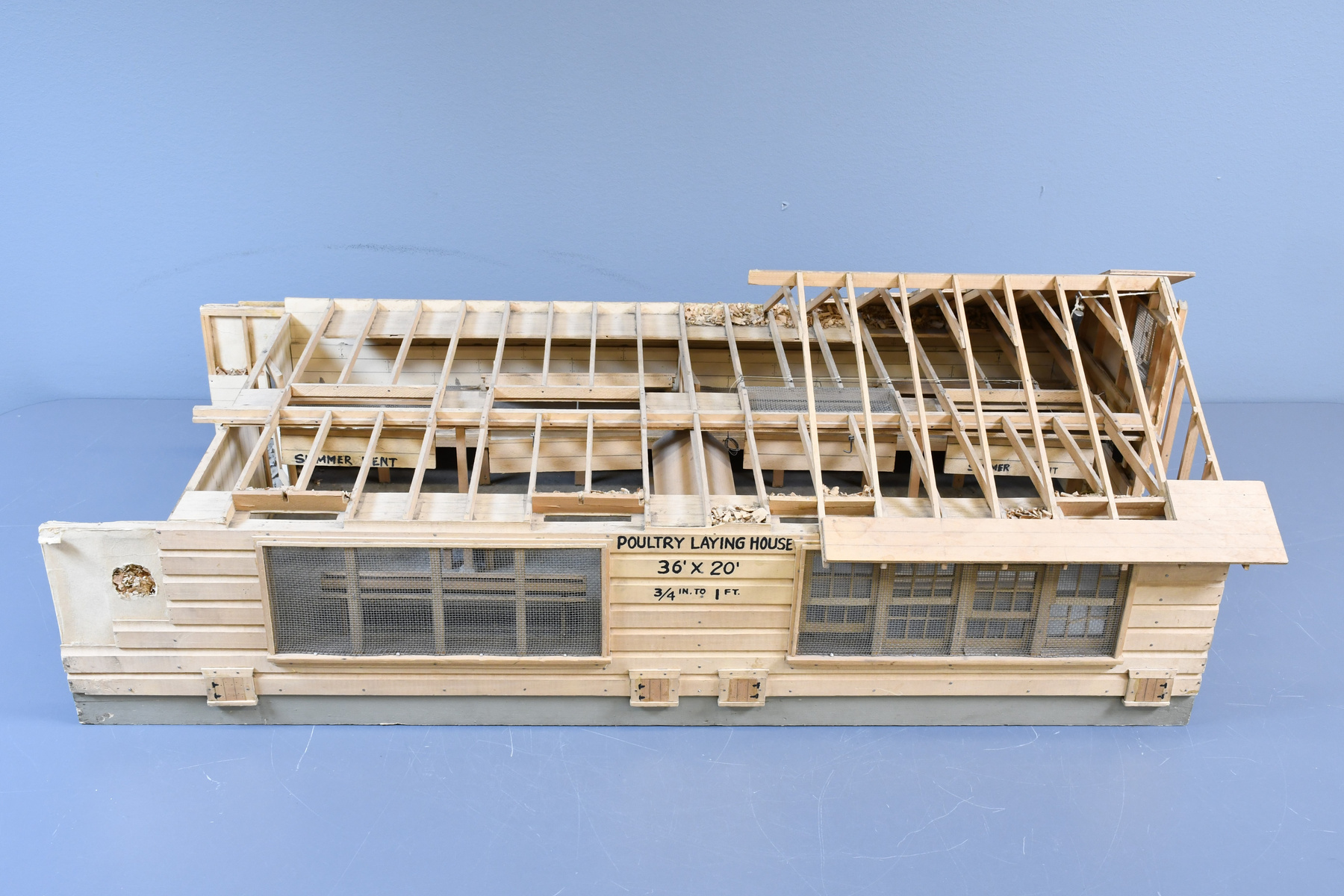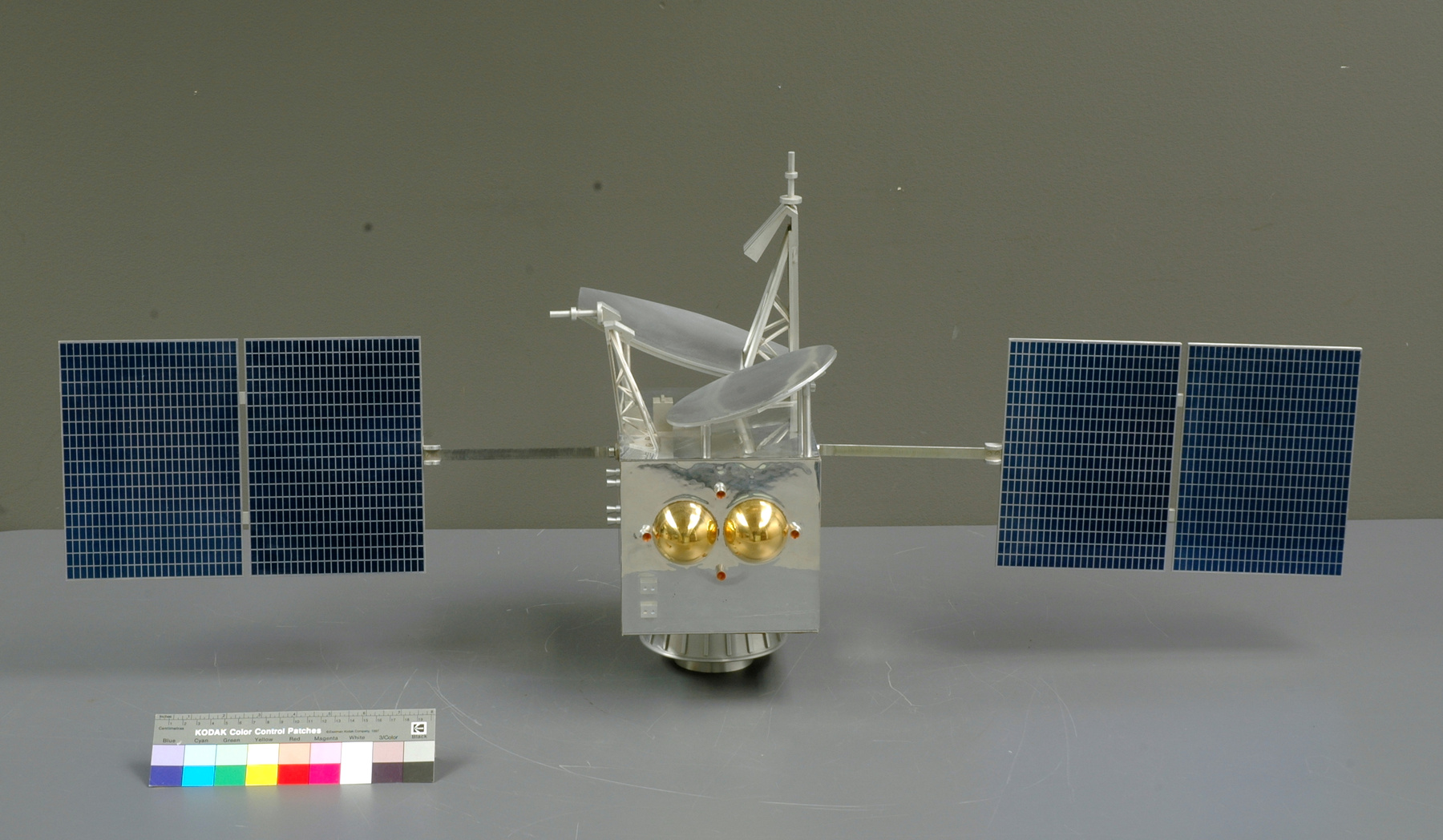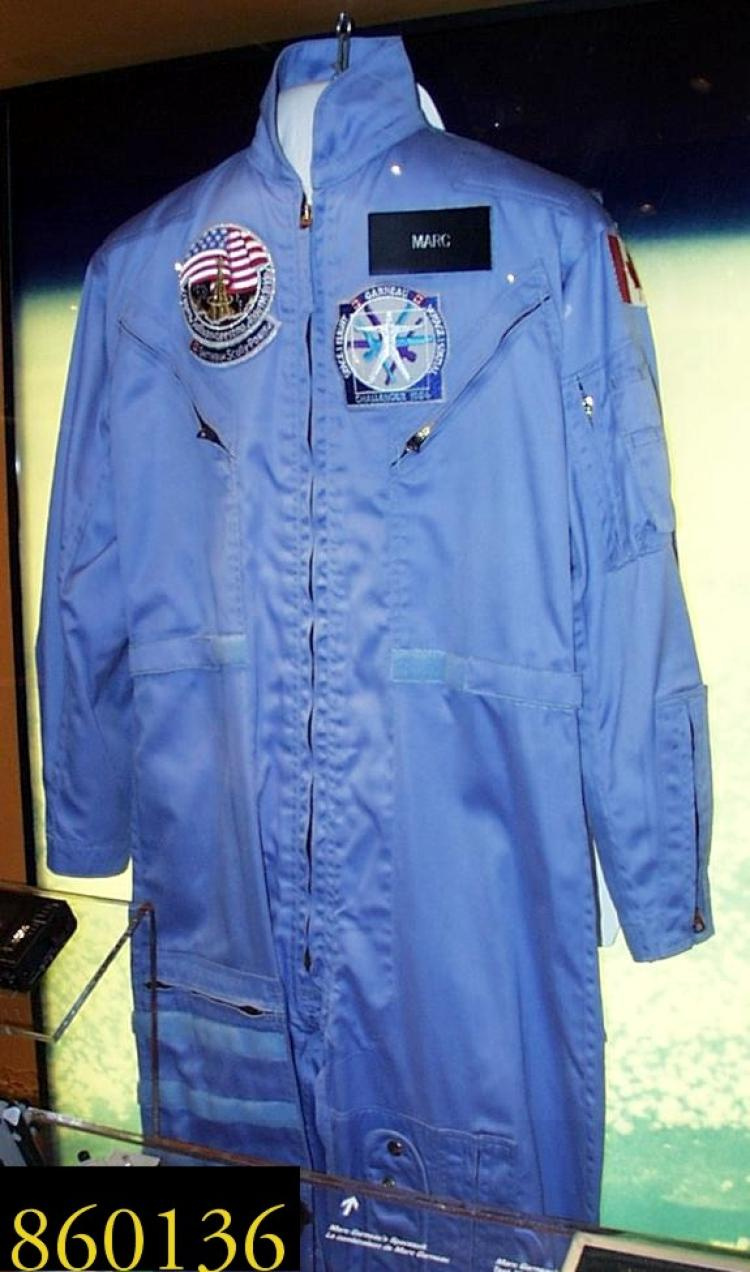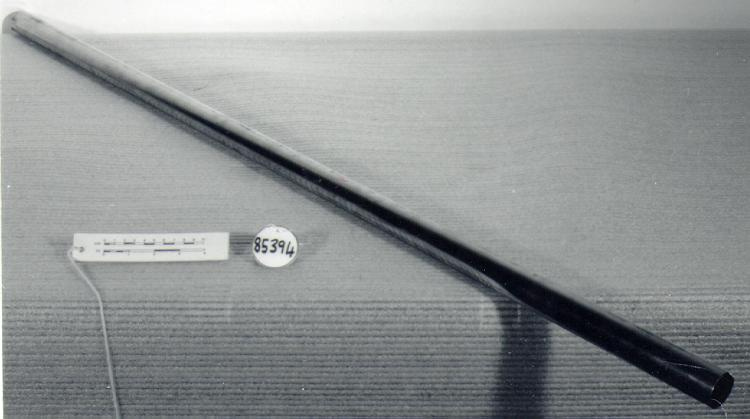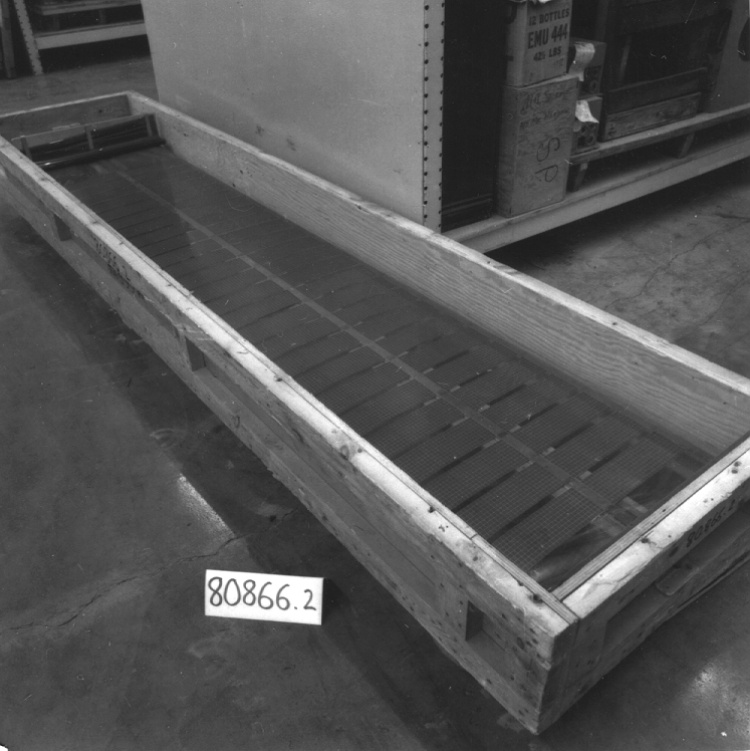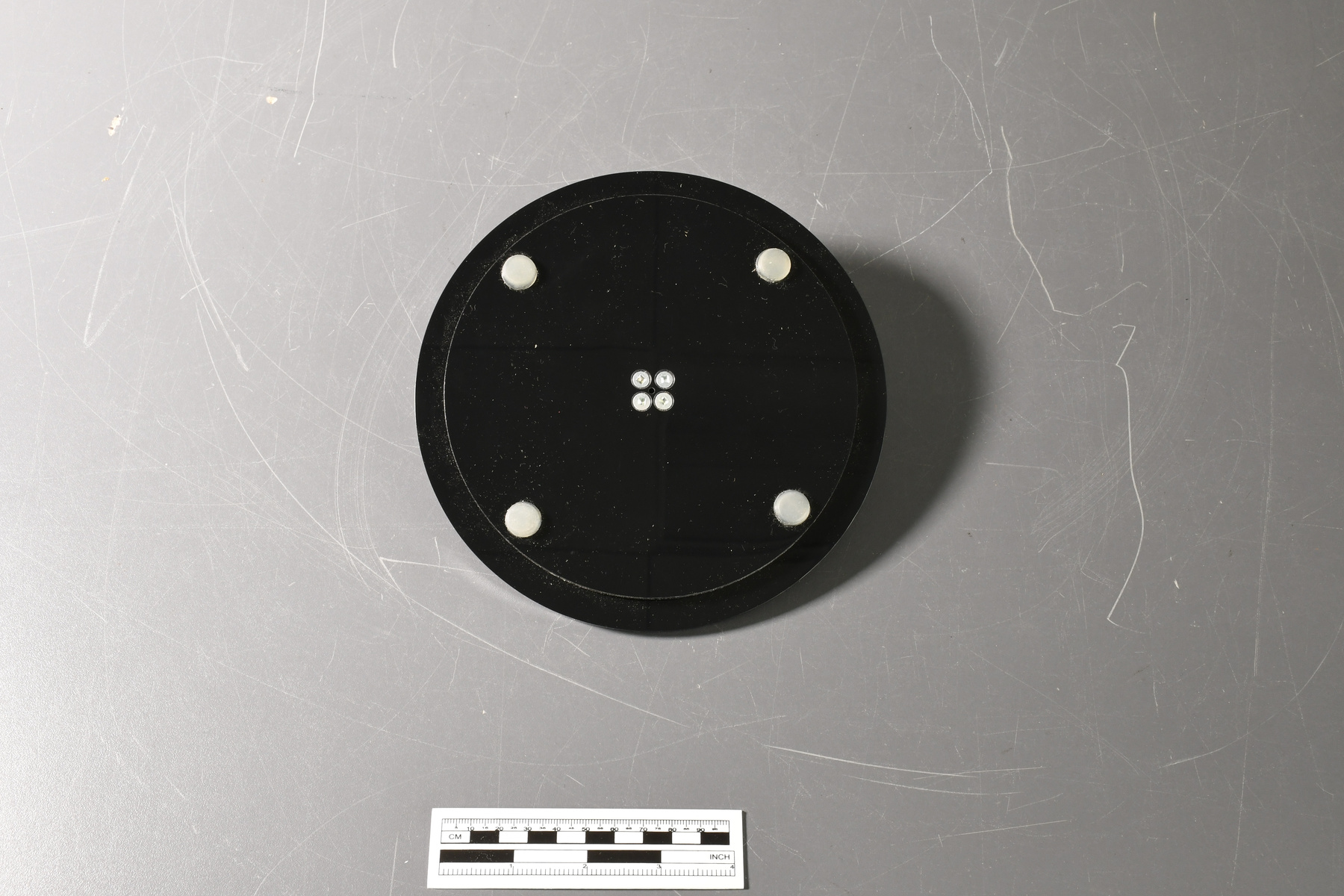Stand, assembly
Use this image
Can I reuse this image without permission? Yes
Object images on the Ingenium Collection’s portal have the following Creative Commons license:
Copyright Ingenium / CC BY-NC-ND (Attribution-NonCommercial 4.0 International (CC BY-NC 4.0)
ATTRIBUTE THIS IMAGE
Ingenium,
2017.0143.002
Permalink:
Ingenium is releasing this image under the Creative Commons licensing framework, and encourages downloading and reuse for non-commercial purposes. Please acknowledge Ingenium and cite the artifact number.
DOWNLOAD IMAGEPURCHASE THIS IMAGE
This image is free for non-commercial use.
For commercial use, please consult our Reproduction Fees and contact us to purchase the image.
- OBJECT TYPE
- N/A
- DATE
- 2005
- ARTIFACT NUMBER
- 2017.0143.002
- MANUFACTURER
- Unknown
- MODEL
- Cassiope
- LOCATION
- Unknown
More Information
General Information
- Serial #
- N/A
- Part Number
- 2
- Total Parts
- 7
- AKA
- N/A
- Patents
- N/A
- General Description
- Stand used to stabilize a CASSIOPE satellite model. Support utilisé pour stabiliser une maquette du satellite CASSIOPE.
Dimensions
Note: These reflect the general size for storage and are not necessarily representative of the object's true dimensions.
- Length
- N/A
- Width
- N/A
- Height
- 4.5 cm
- Thickness
- N/A
- Weight
- N/A
- Diameter
- 18.0 cm
- Volume
- N/A
Lexicon
- Group
- Space Technology
- Category
- Space science
- Sub-Category
- N/A
Manufacturer
- AKA
- Unknown
- Country
- Unknown
- State/Province
- Unknown
- City
- Unknown
Context
- Country
- Unknown
- State/Province
- Unknown
- Period
- Unknown
- Canada
-
The CASSIOPE (or Cascade Smallsat and Ionosphere Polar Explorer) satellite is the new generation of science satellite, featuring the scientific payload, ePOP (enhanced polar outflow probe). ePOP is a suite of eight scientific instruments including data imagers, cameras, magnetometers, and radio wave receivers, which observes Earth’s ionosphere. The instruments collect data about solar storms and their impact on radio communications, satellite navigation and other space and ground-based technologies. This continues in the tradition of Alouette 1 and 2, and ISIS 1 and 2 satellites, and the Canadian research focus of studying of the ionosphere. The model was built as part of an order placed by the Canadian Space Agency. Le satellite CASSIOPE fait partie de la nouvelle génération de satellites qui comprend une charge utile scientifique et sonde de mesure de l’écoulement du plasma dans le vent polaire. Cette sonde comprend une suite de huit instruments scientifiques qui incluent un système d’images et de données, des caméras, des manomètres, et des receveurs d’ondes radioélectriques qui observent la zone ionosphère de la Terre. Les instruments collectent des données sur des tempêtes solaires et leur impactent sur la radiocommunication, la navigation de satellite et autres technologies spatiales ou terrestres. Ceci continue la tradition de l’Alouette 1 et 2, et les satellites ISIS 1 et 2. Ceci continue aussi la recherche canadienne dans le champ de l’ionosphère. Ce modèle a été construit en raison d’une commande de l’Agence spatiale canadienne. - Function
-
Stand used to stabilize a CASSIOPE satellite model. Support utilisé pour stabiliser une maquette du satellite CASSIOPE. - Technical
-
CASSIOPE has a couple of important technological improvements in terms of satellite design and versatility. CASSIOPE is the first to use the MAC-200 multi-mission smallsat bus, designed by Magellan Aerospace. The Smallsat bus is a hexagonal shape and measures 180 cm long and 125 cm high and is a standardized platform which can be adapted to support a number of satellite missions related to science, technology, Earth observation, and geologic exploration. Another important technological development is Cascade, CASSIOPE’s second payload, which is serving as a “proof of concept” for a kind of digital courier service. Cascade is designed to essentially pick up large files and deliver them to anywhere in the world - up to 15 gigabytes of data could be transmitted every day. Its large storage and downlink capacities will allow for the transmission of data collected by ePOP to Canadian and international researchers alike. CASSIOPE a quelques améliorations technologiques importantes en ce qui concerne son motif et sa versatilité. CASSIOPE est le premier à utiliser le bus multi-mission MAC-200 conçu par Magellan Aerospace. Le bus est en forme hexagonale et à une dimension de 180 cm de long et 125 cm de haut et est une platform qui peut être adaptée pour appuyer différentes missions qui concernent la science, la technologie, l’observation terrestre et l’exploration géologique. Un autre développement technologique important est Cascade, la deuxième charge utile scientifique de Cassiope, qui agit comme un service numérique de courrier. Cascade est conçue pour livrer des grands fichiers n’importe ou au monde. Cascade peut livrer une limite de 15 gigabytes de données à chaque jour. Ces grandes capacités de données peuvent permettre à une grande transmission d’informations aux chercheurs canadiens et internationaux. - Area Notes
-
Unknown
Details
- Markings
- N/A
- Missing
- Appears complete.
- Finish
- Black synthetic assembly stand with four silver metal screws on the bottom. The stand also has four white rubber pads on the bottom surface. Support noir synthétique avec quatre vises en métal argentées au-dessous. Le support a aussi quatre coussins blancs en caoutchouc au-dessous.
- Decoration
- N/A
CITE THIS OBJECT
If you choose to share our information about this collection object, please cite:
Unknown Manufacturer, Stand, assembly, circa 2005, Artifact no. 2017.0143, Ingenium – Canada’s Museums of Science and Innovation, http://collection.ingeniumcanada.org/en/id/2017.0143.002/
FEEDBACK
Submit a question or comment about this artifact.
More Like This

